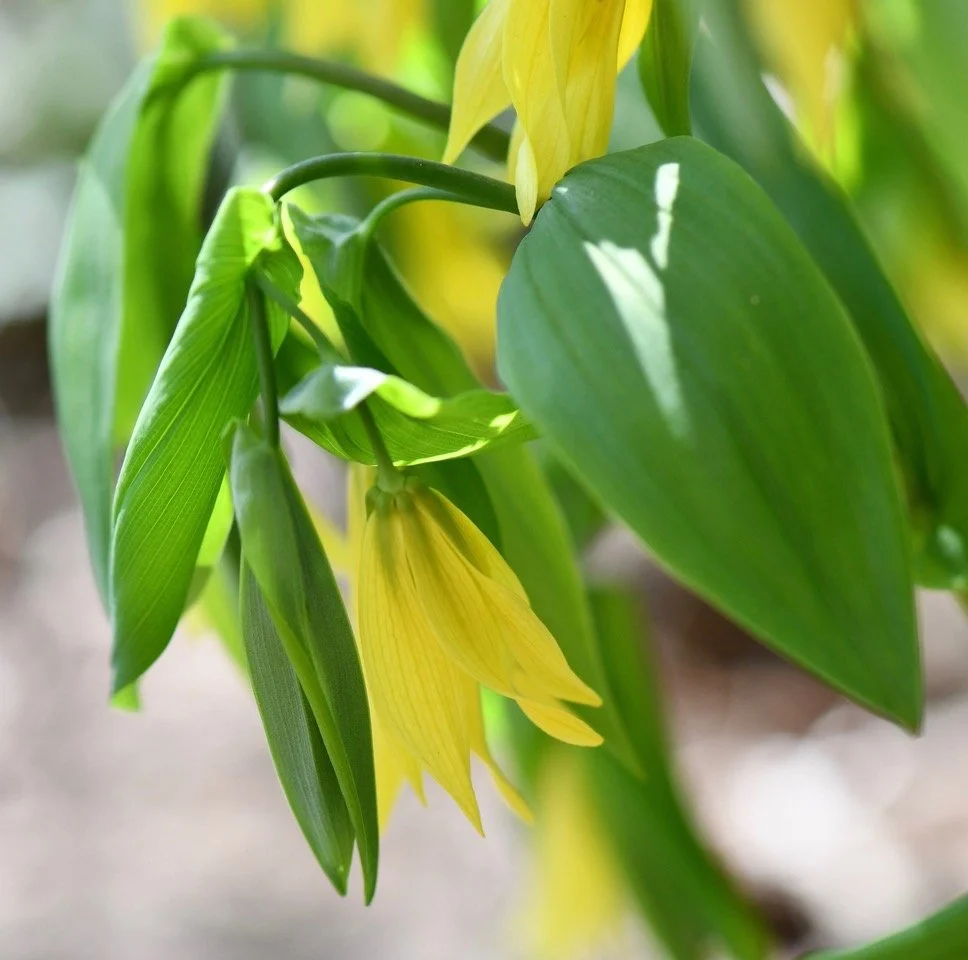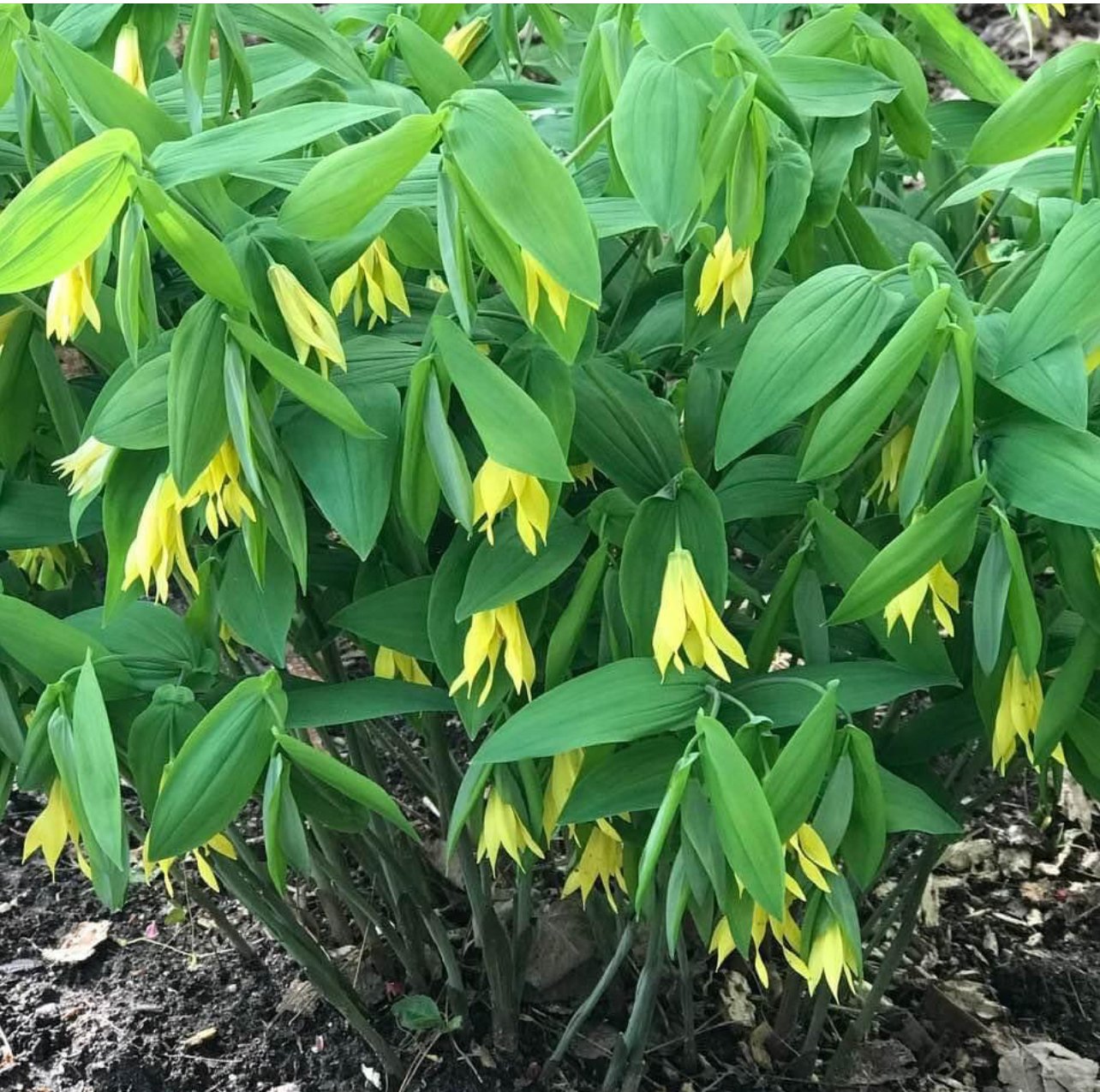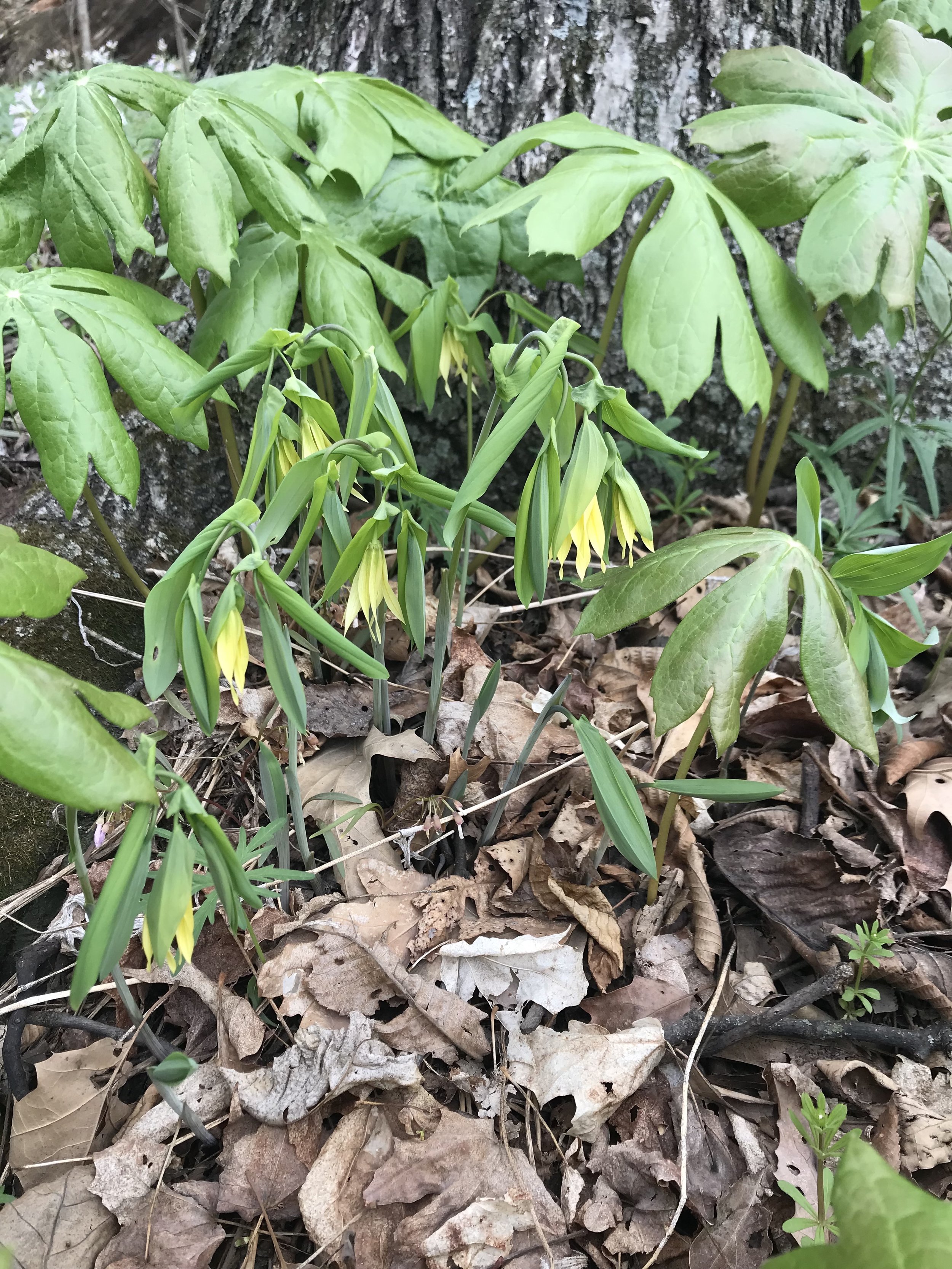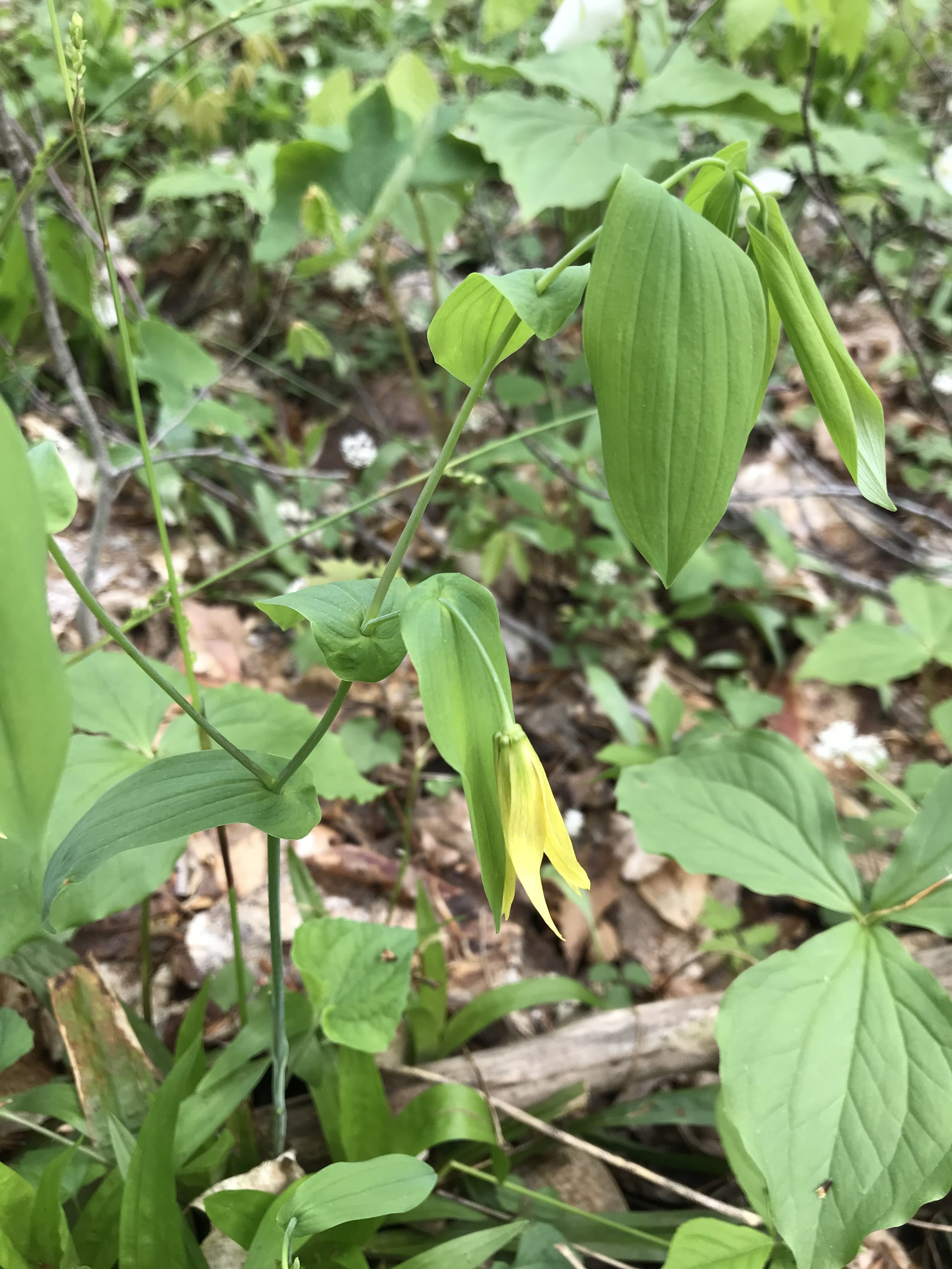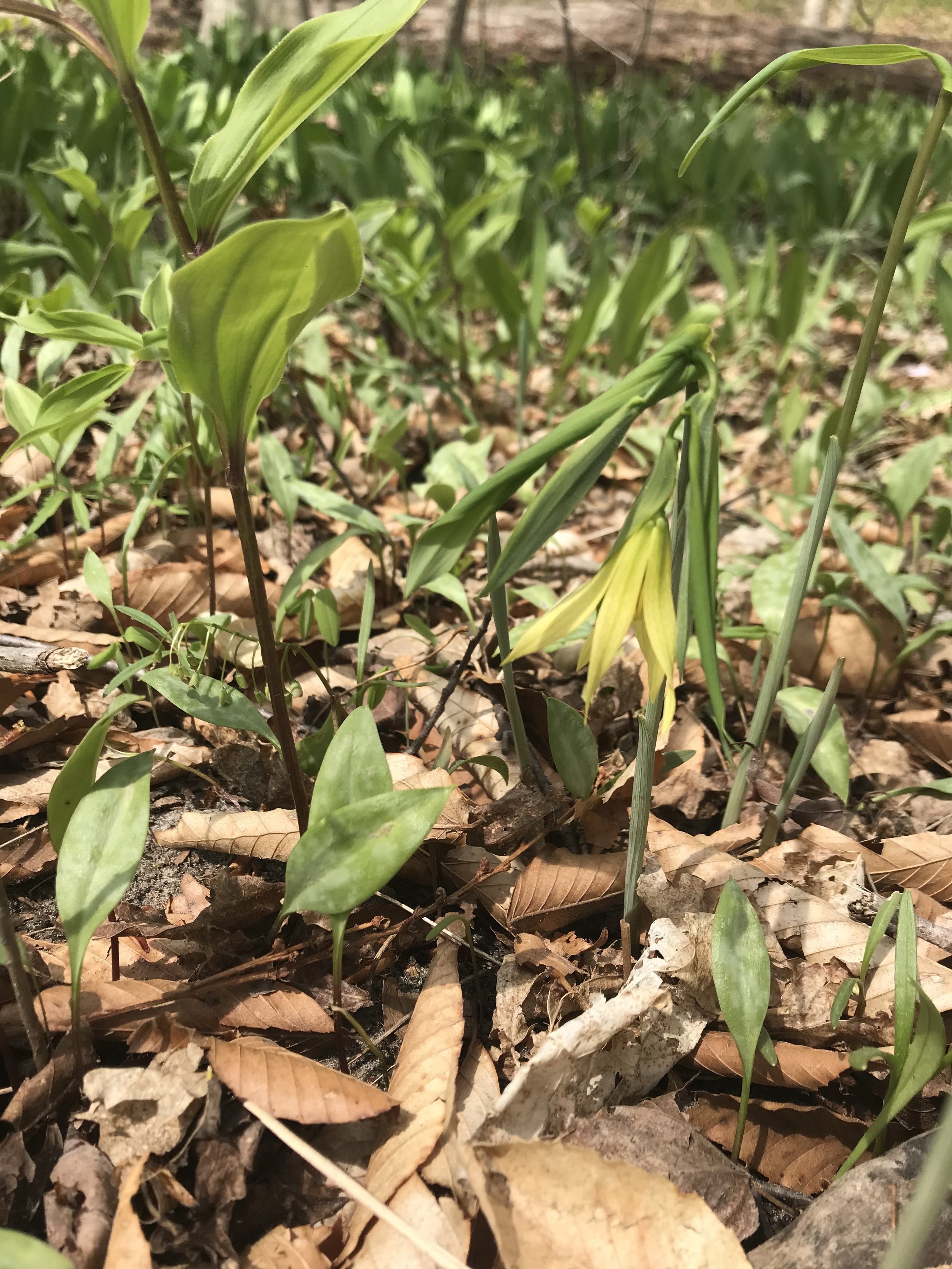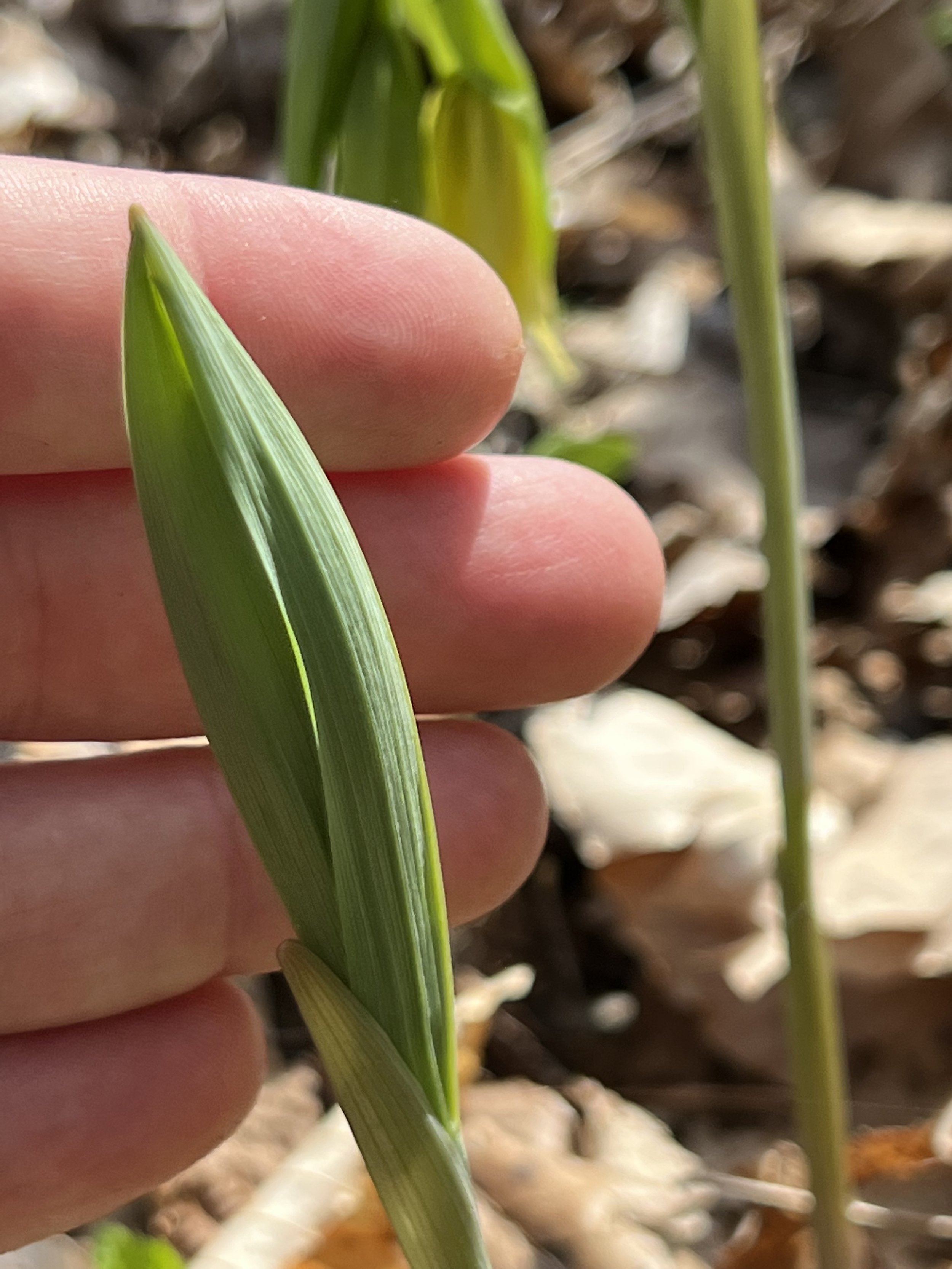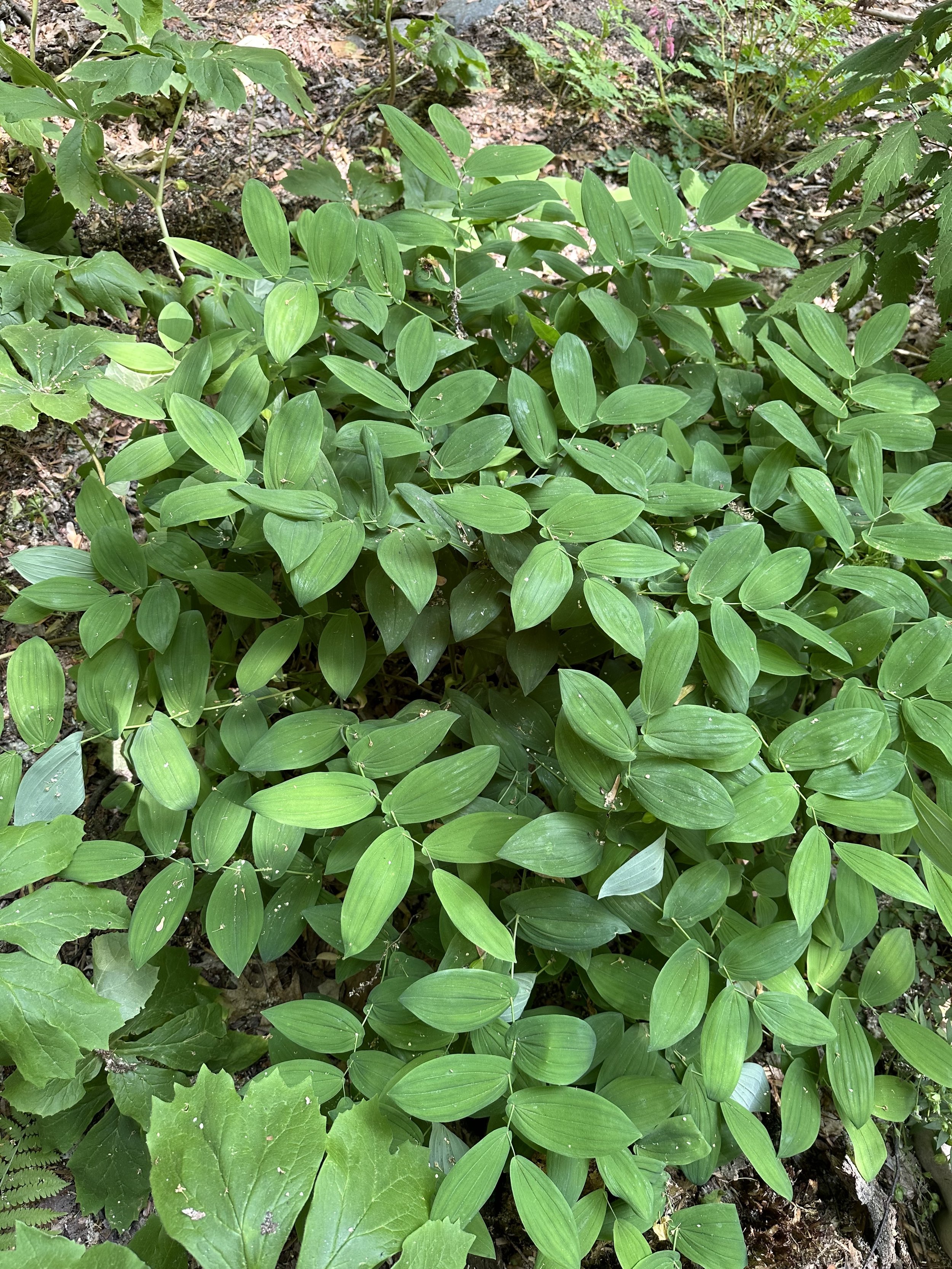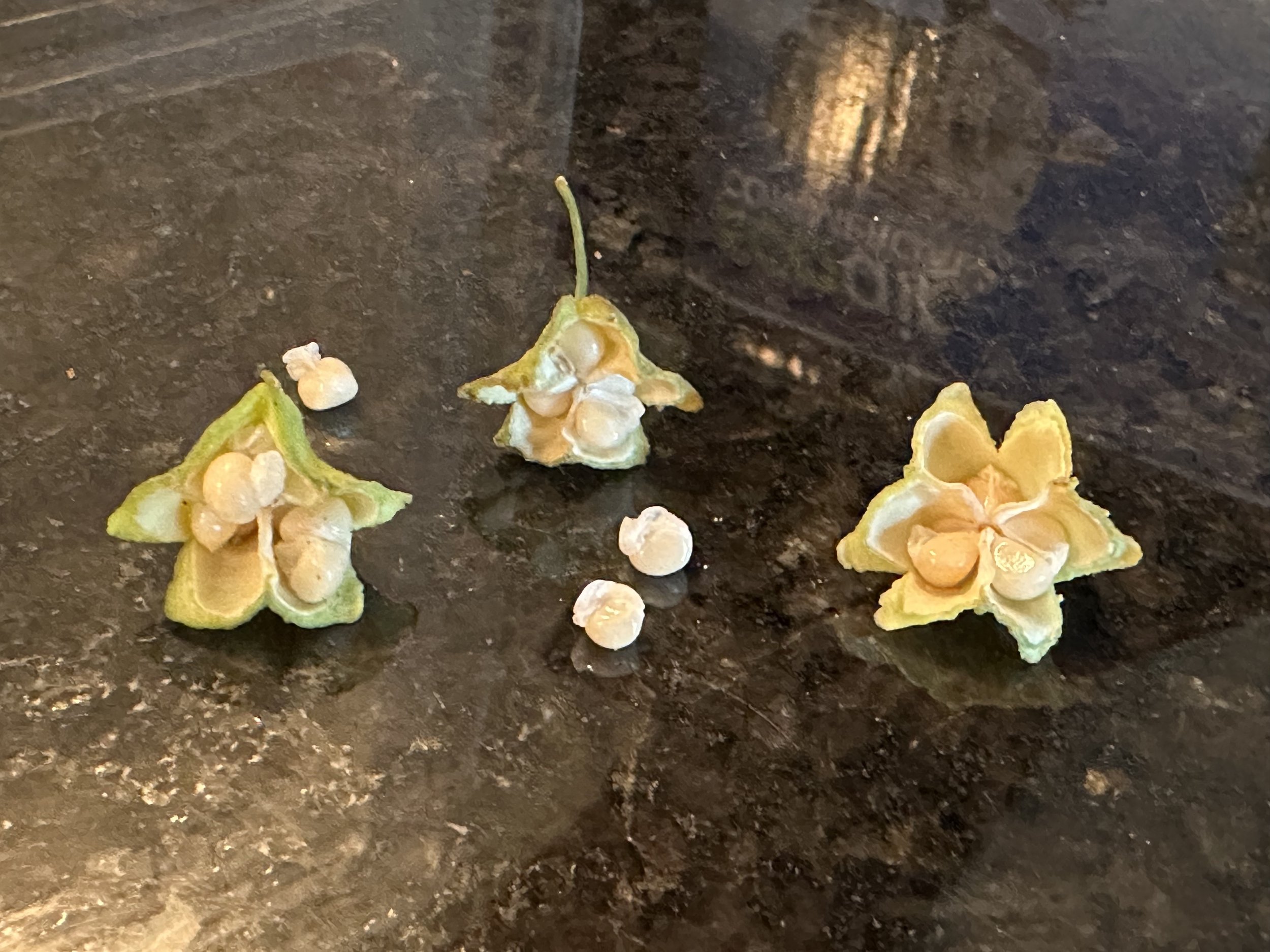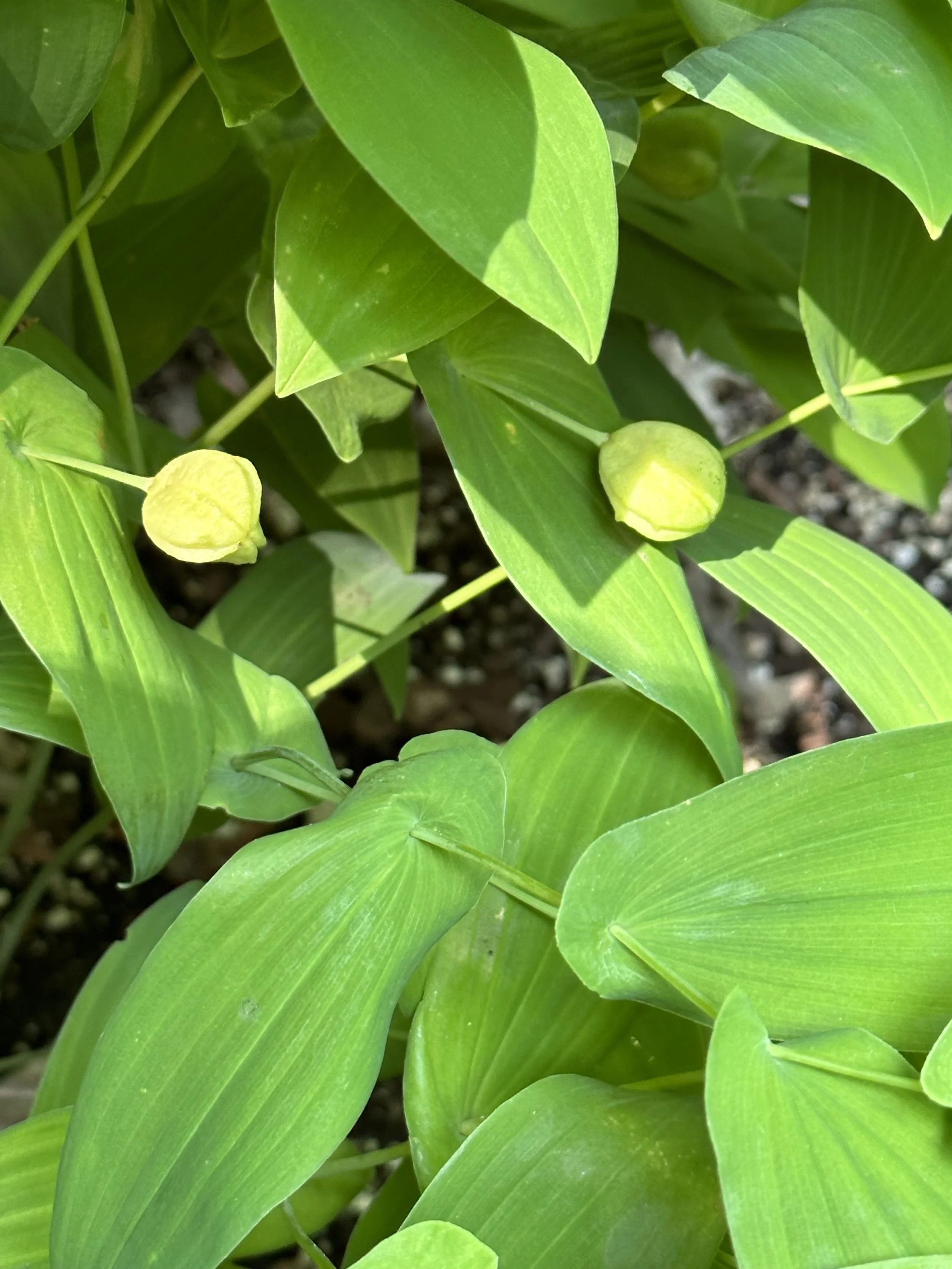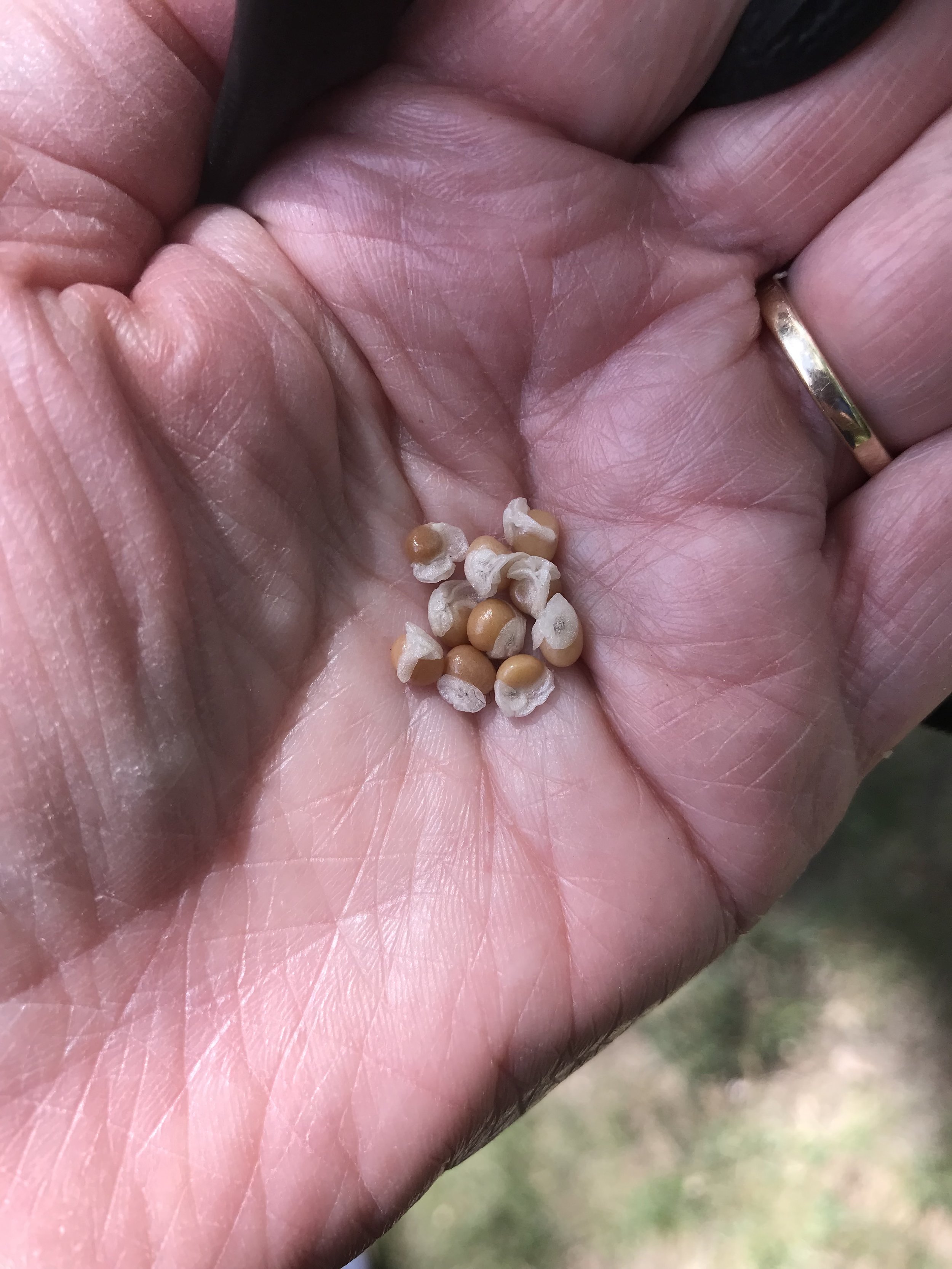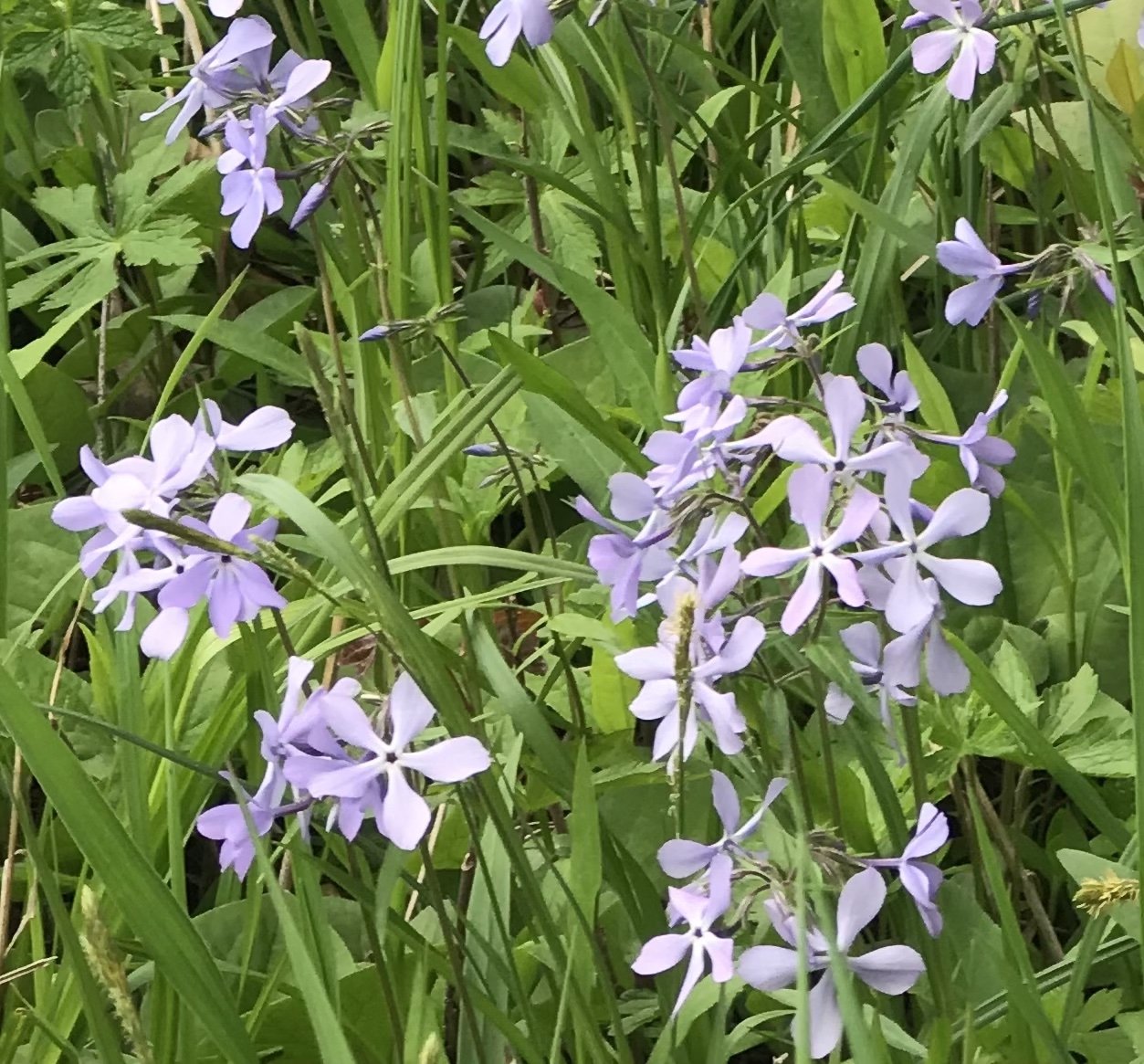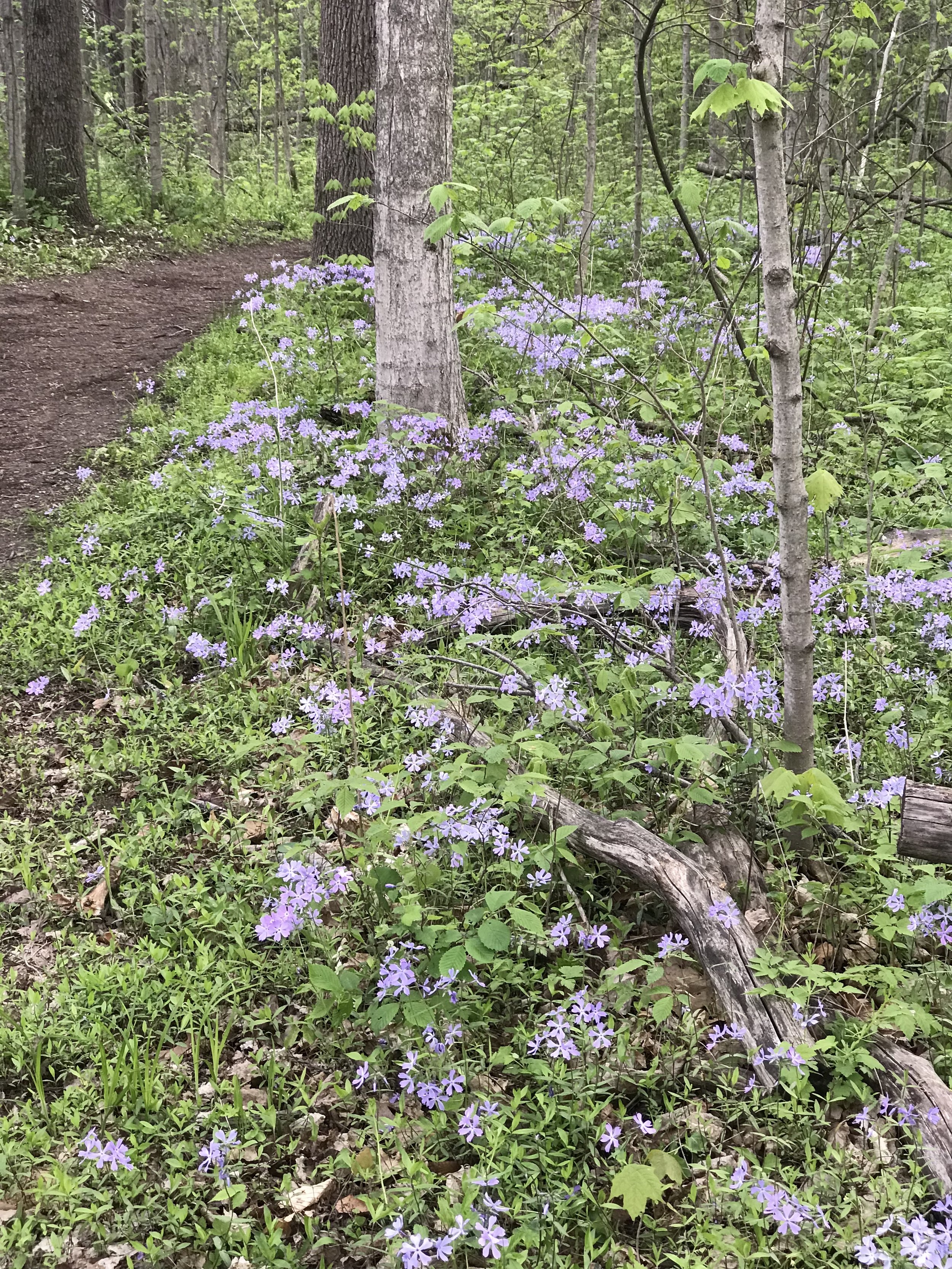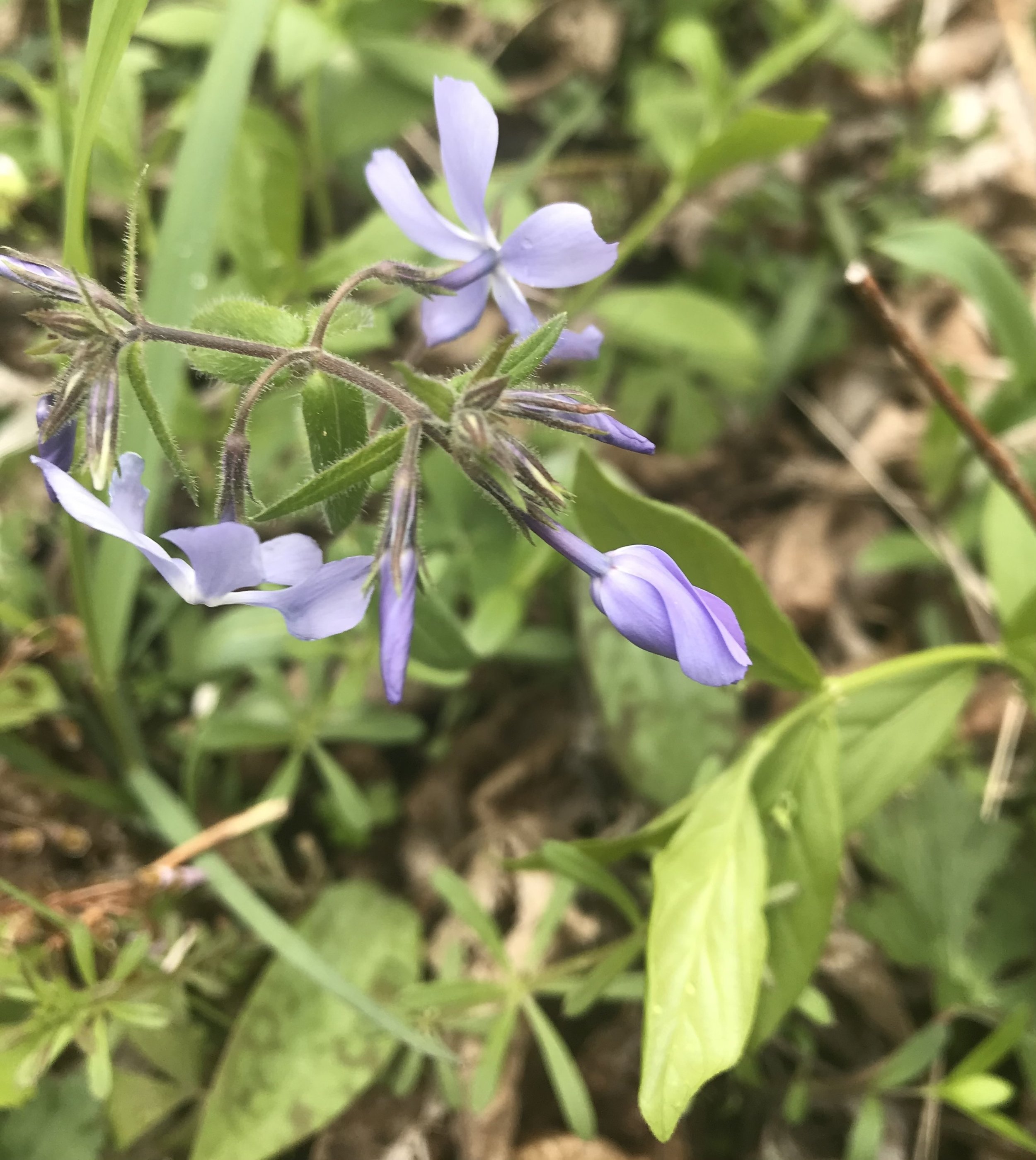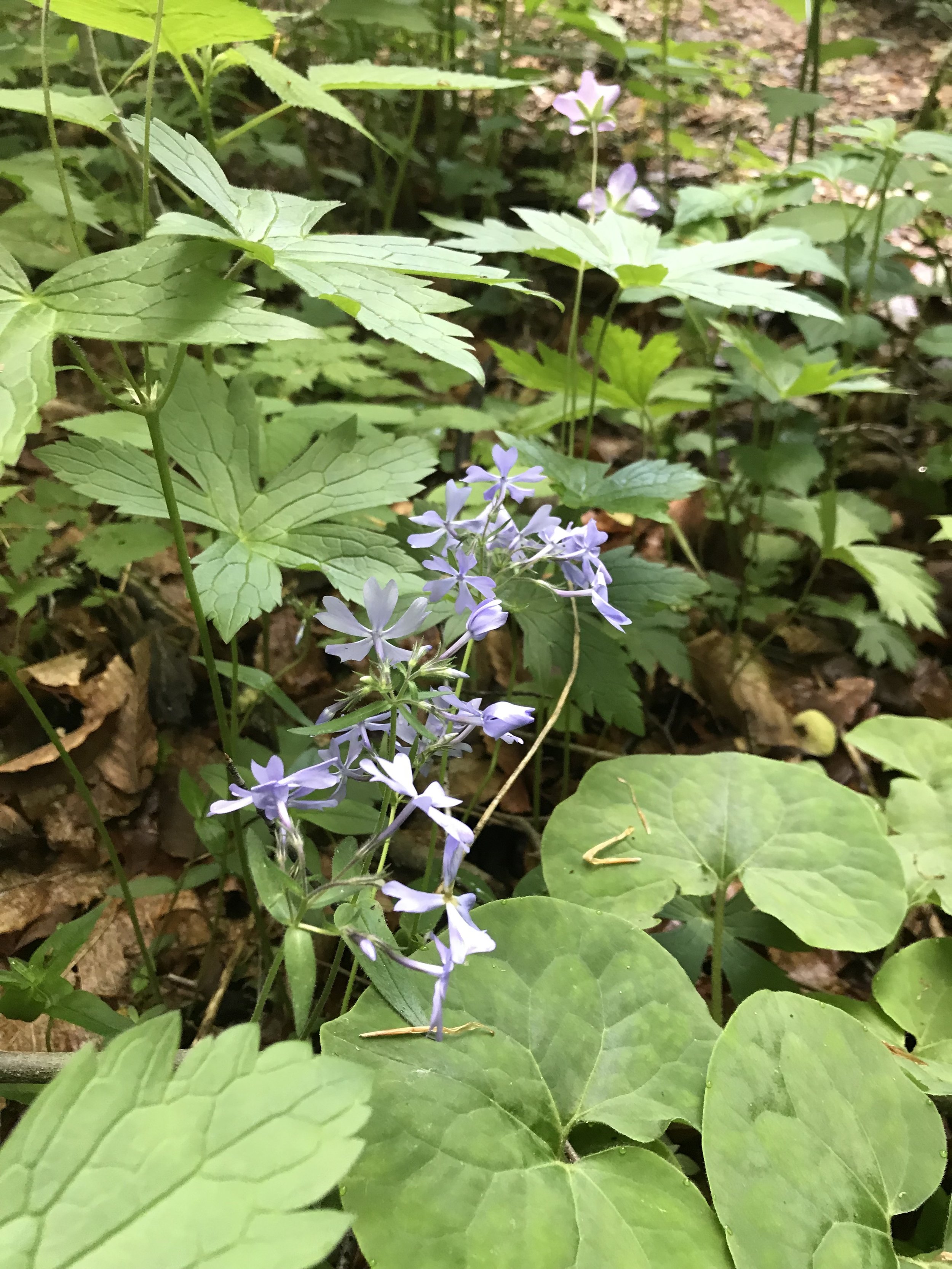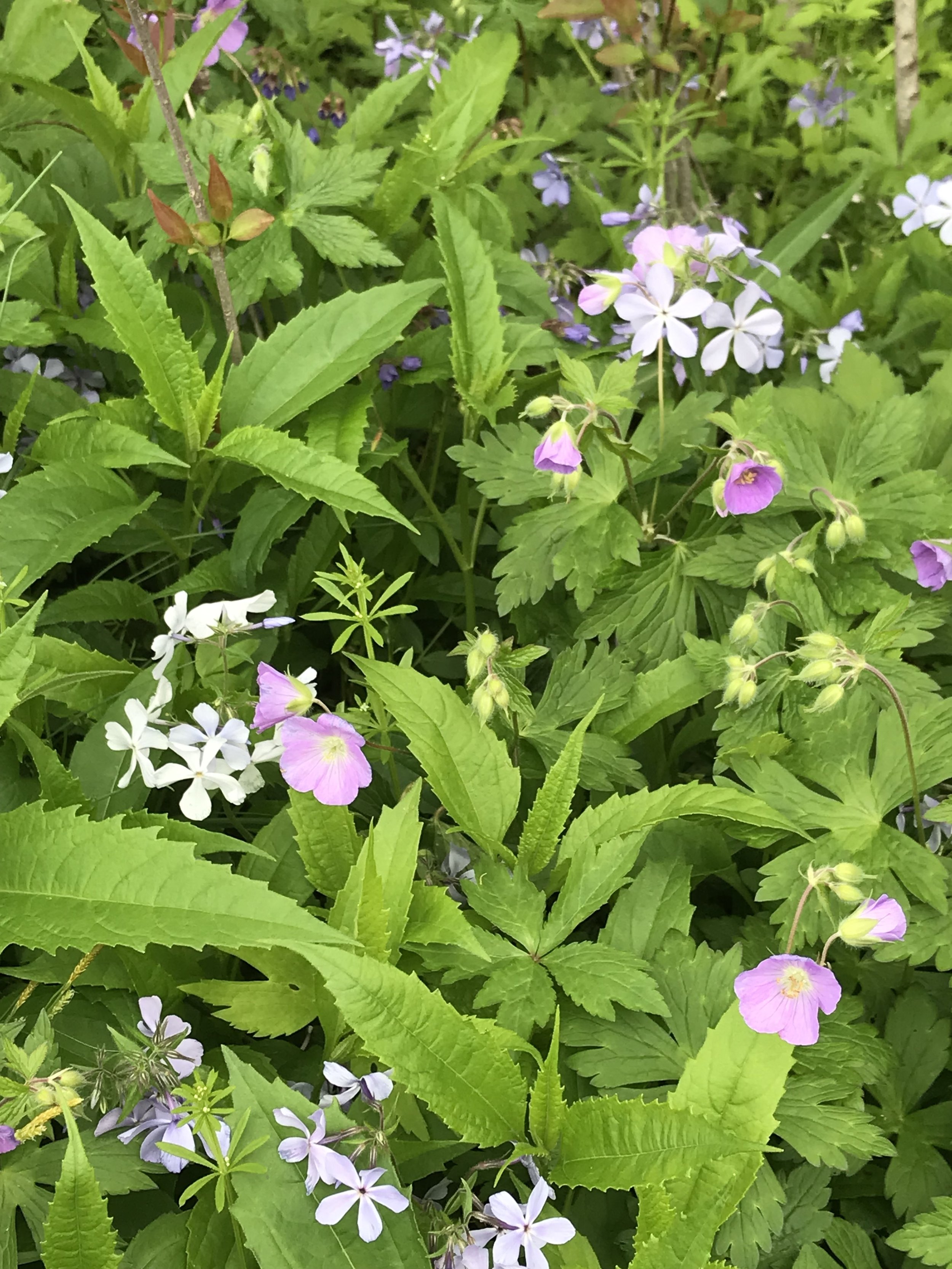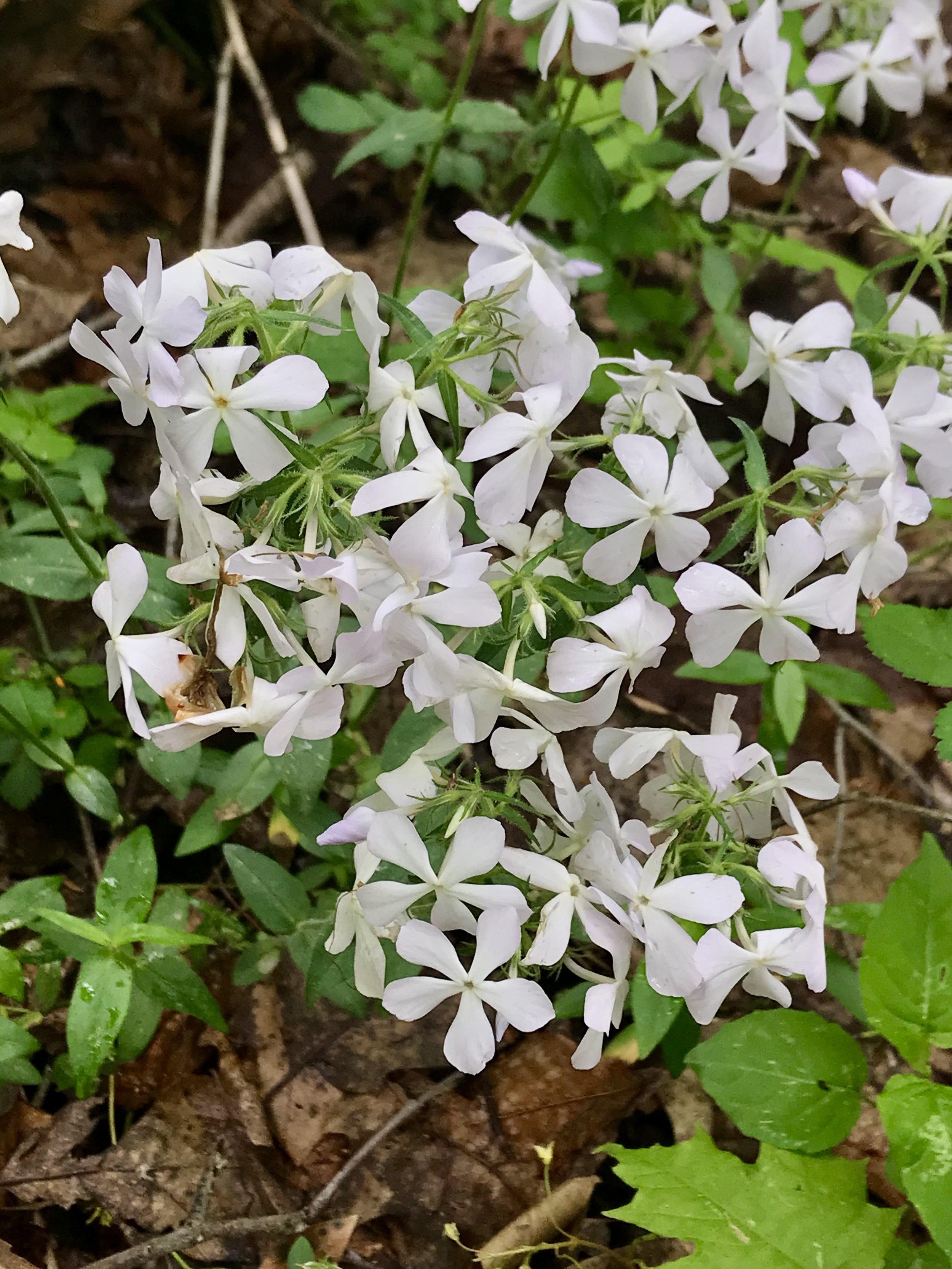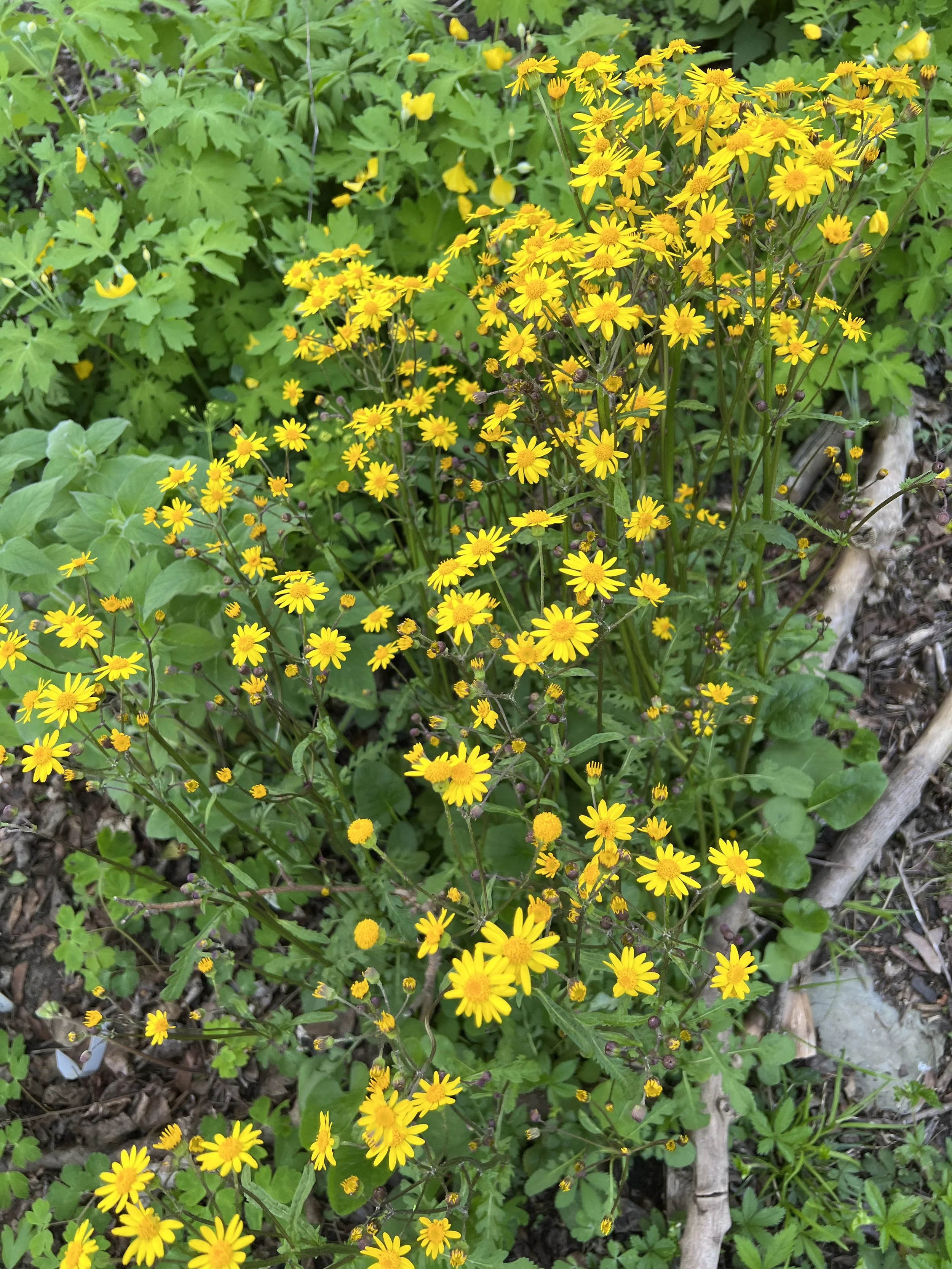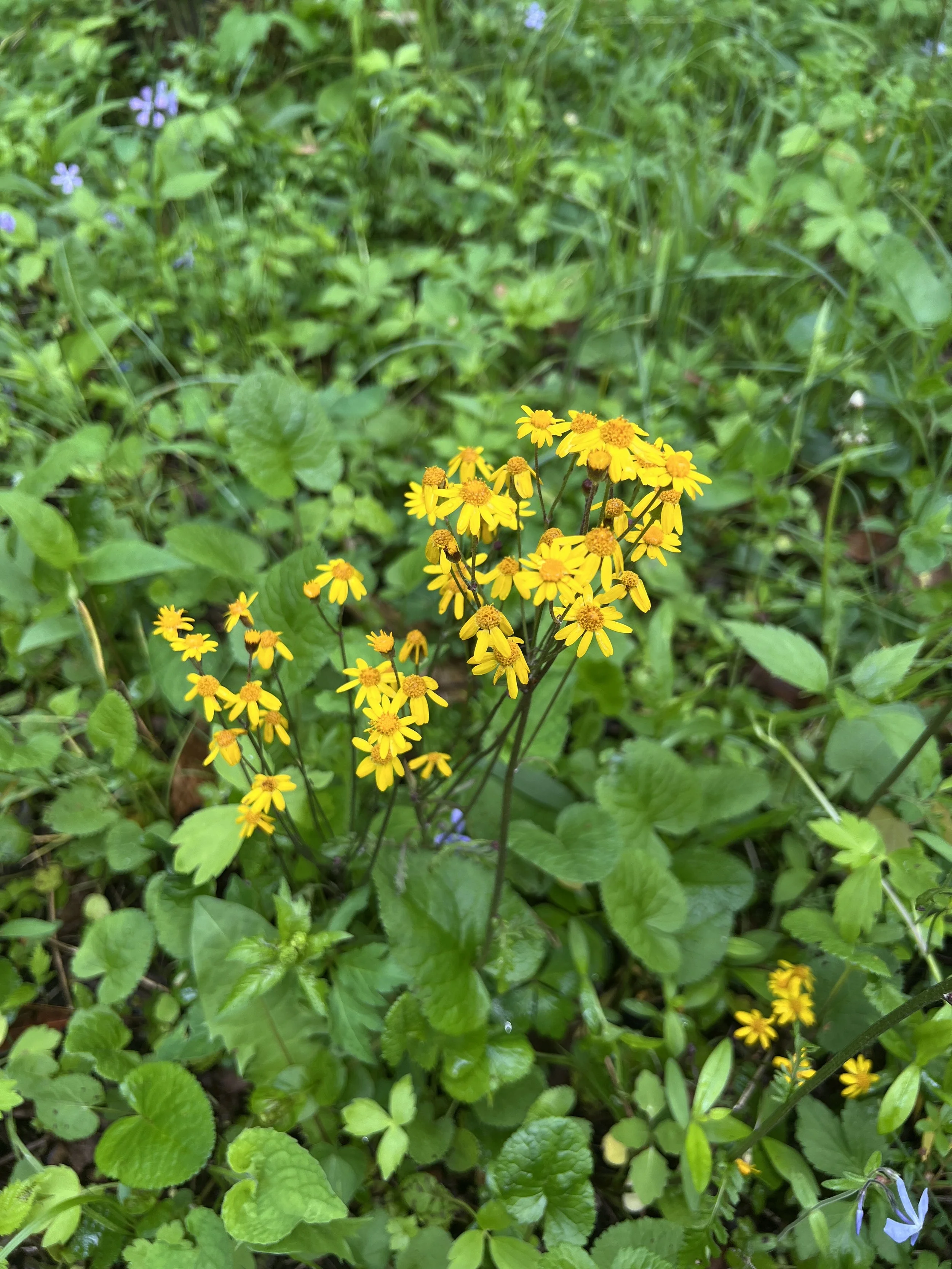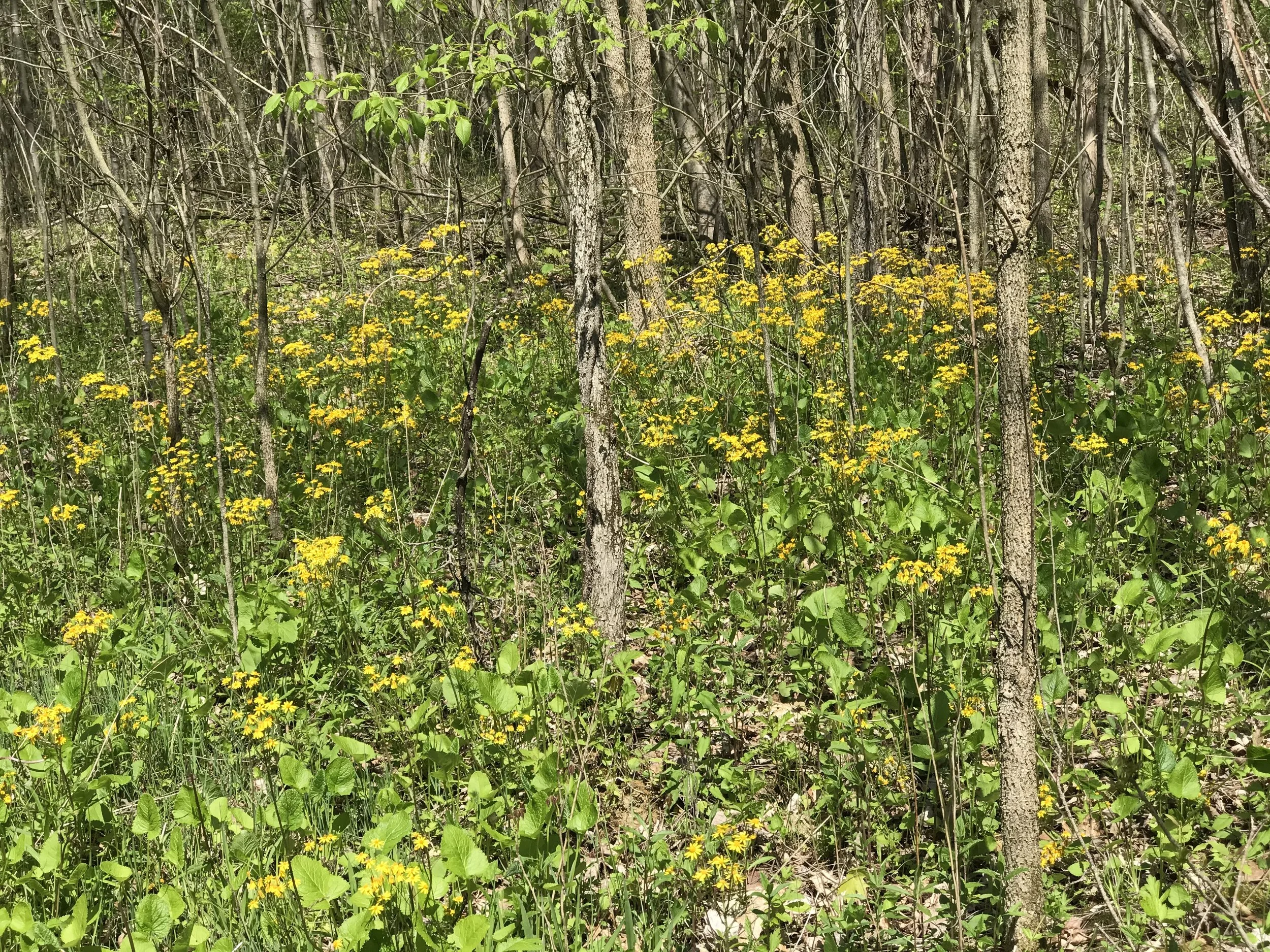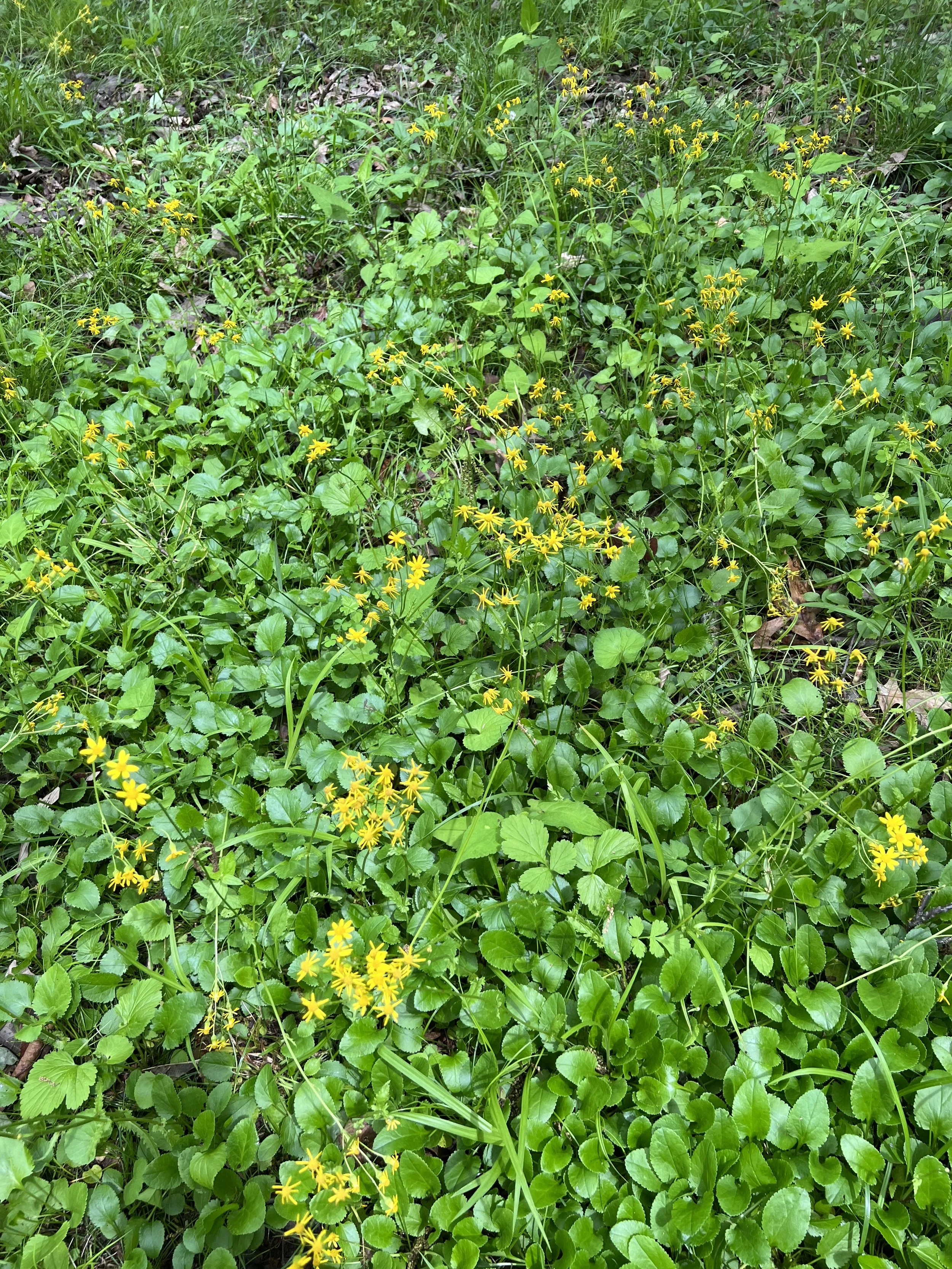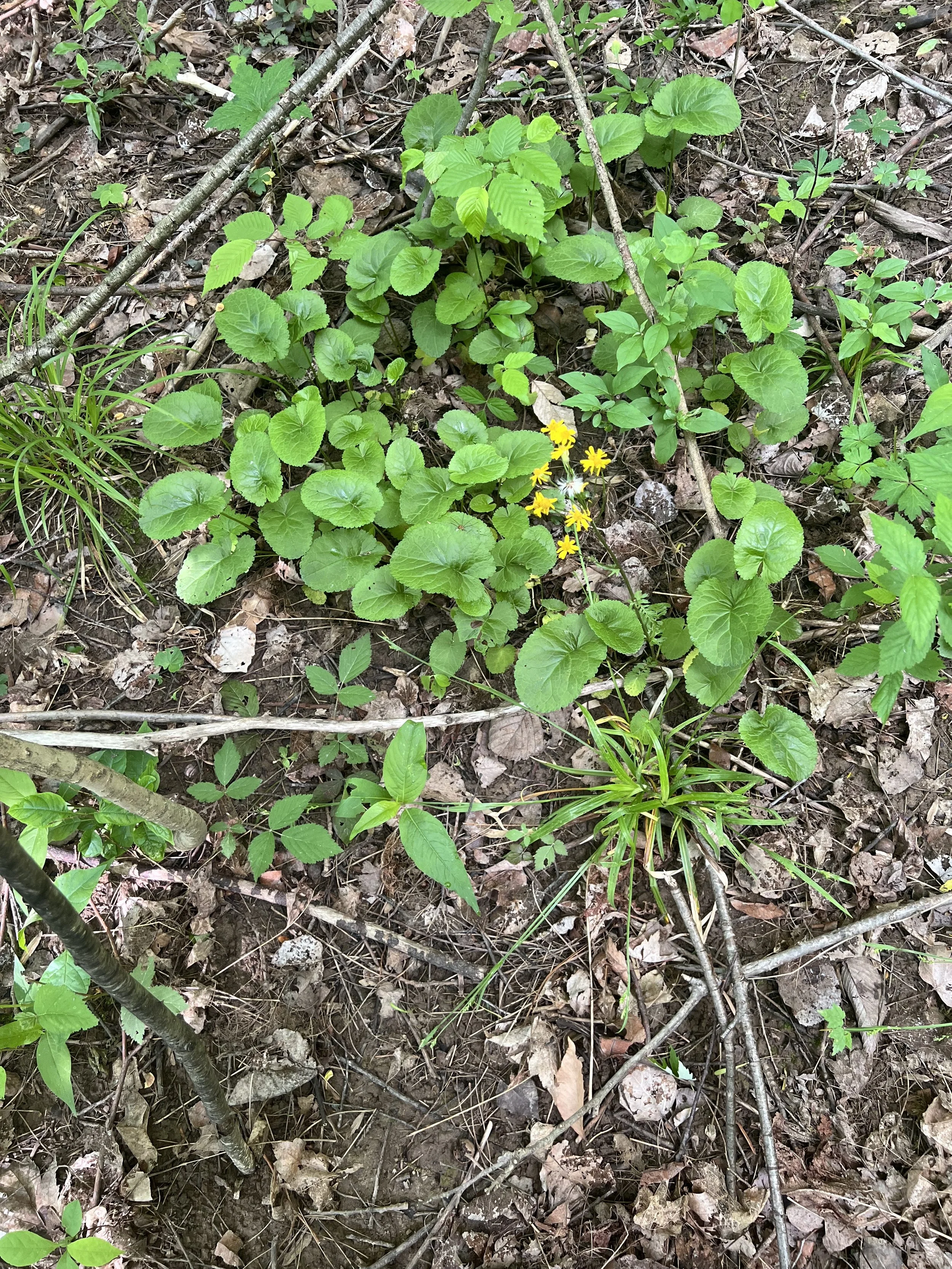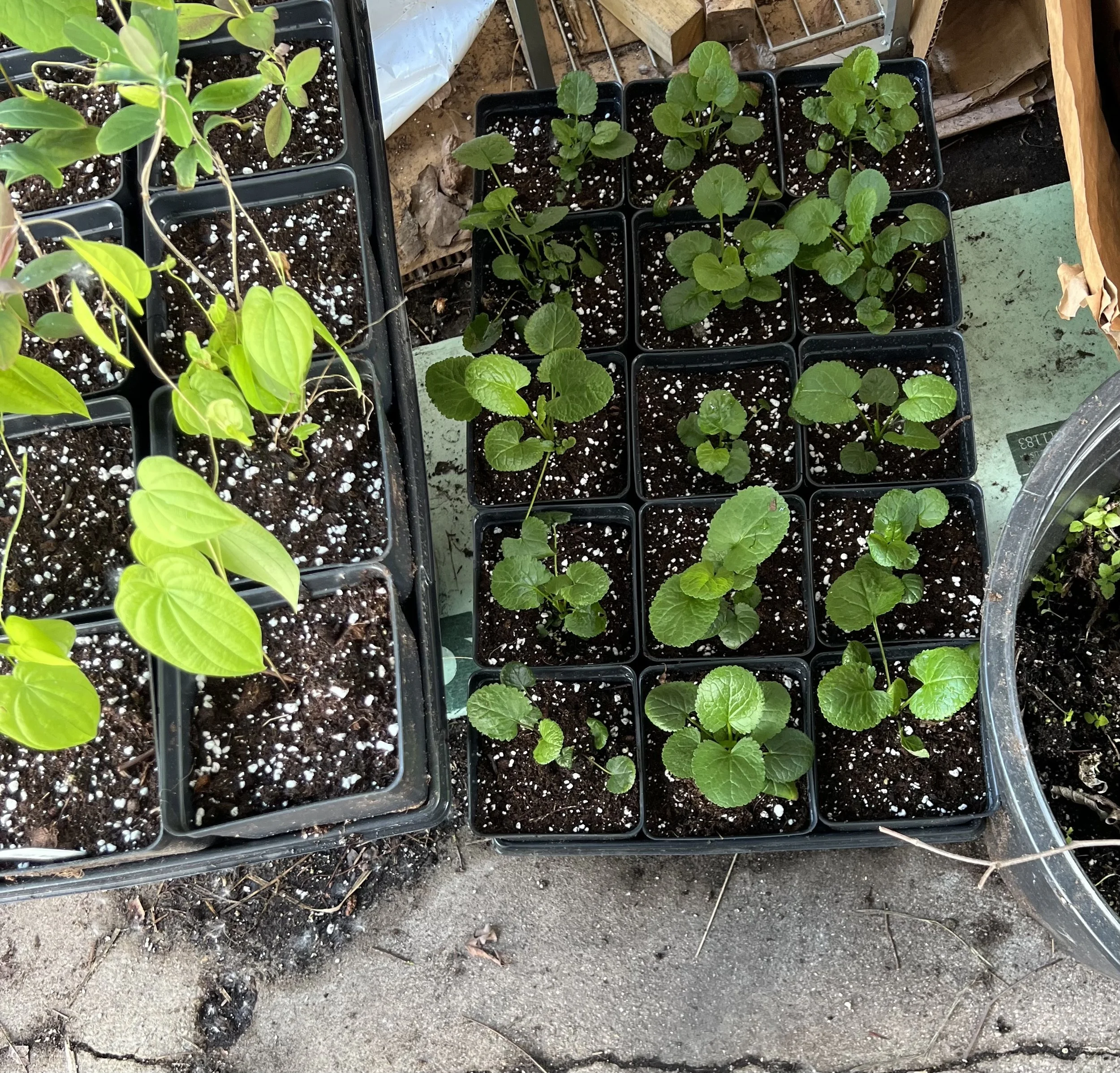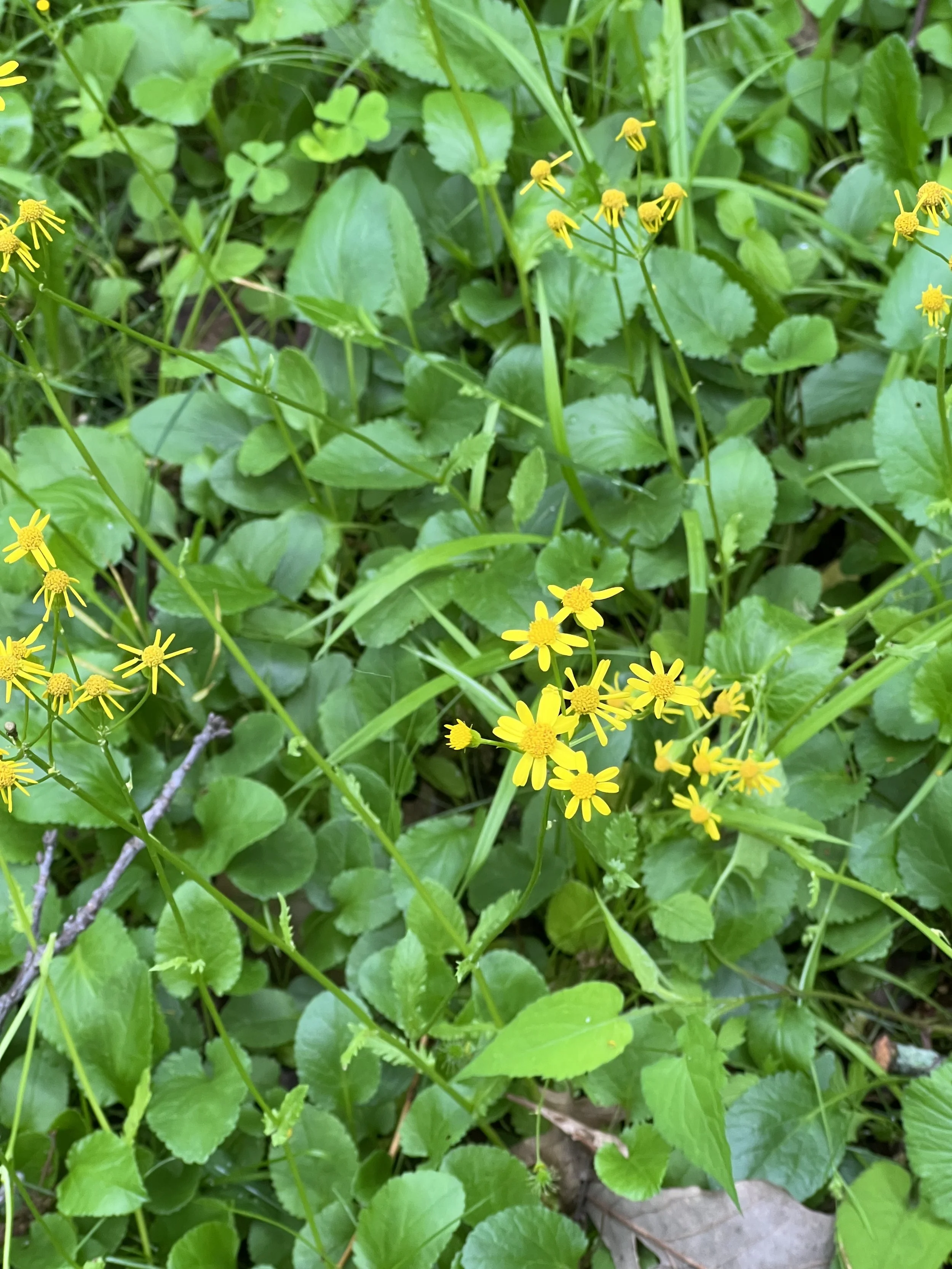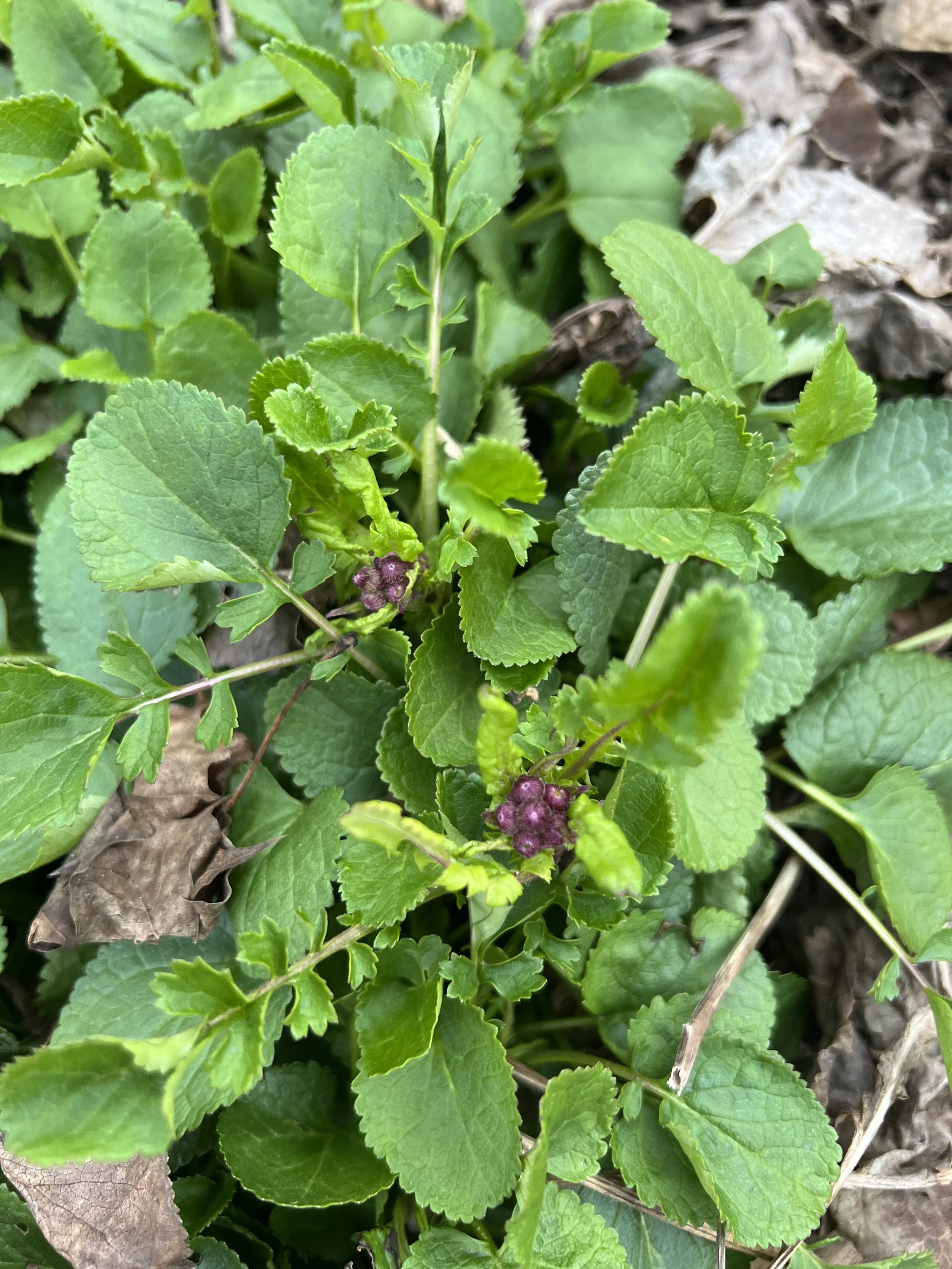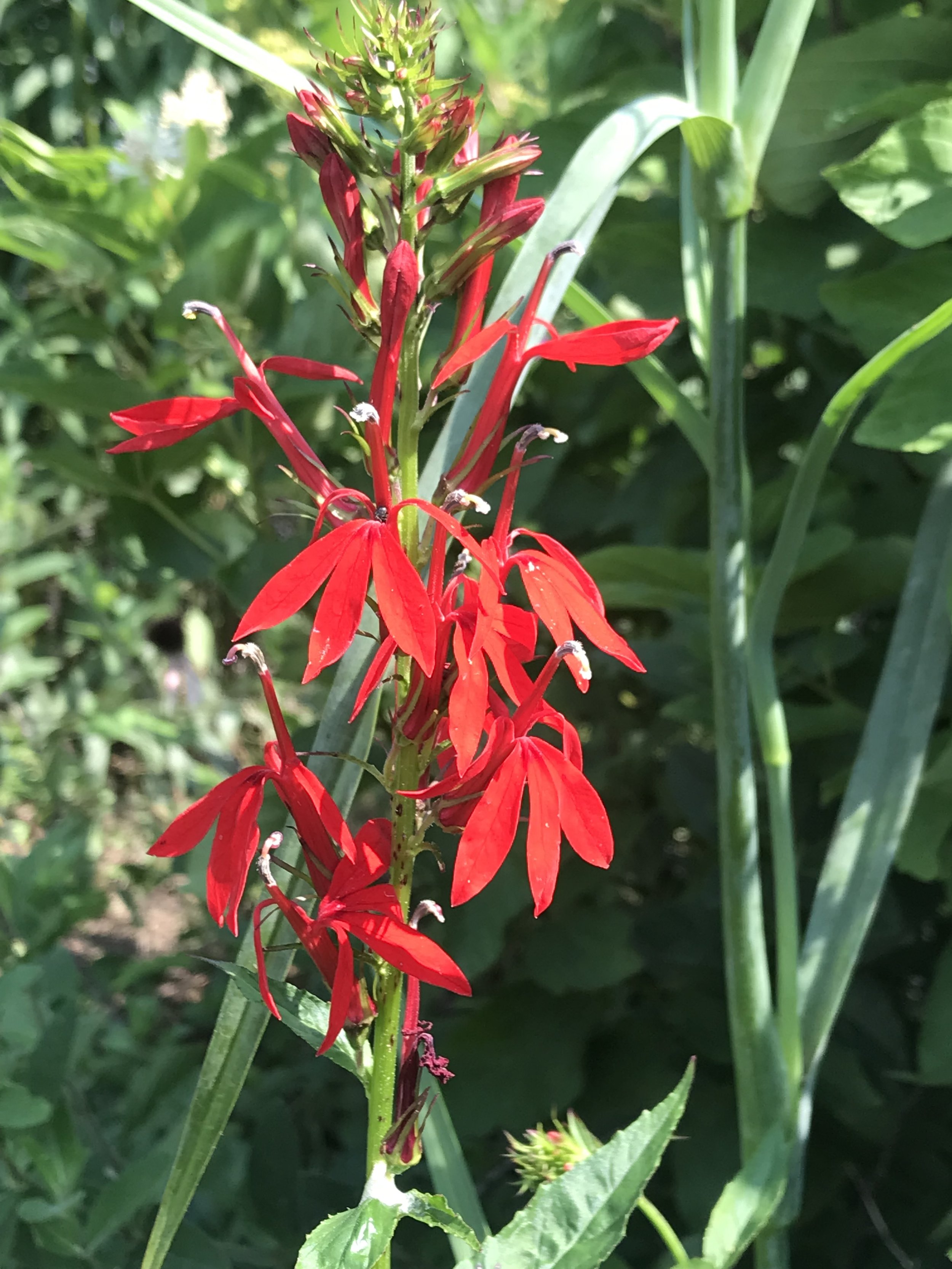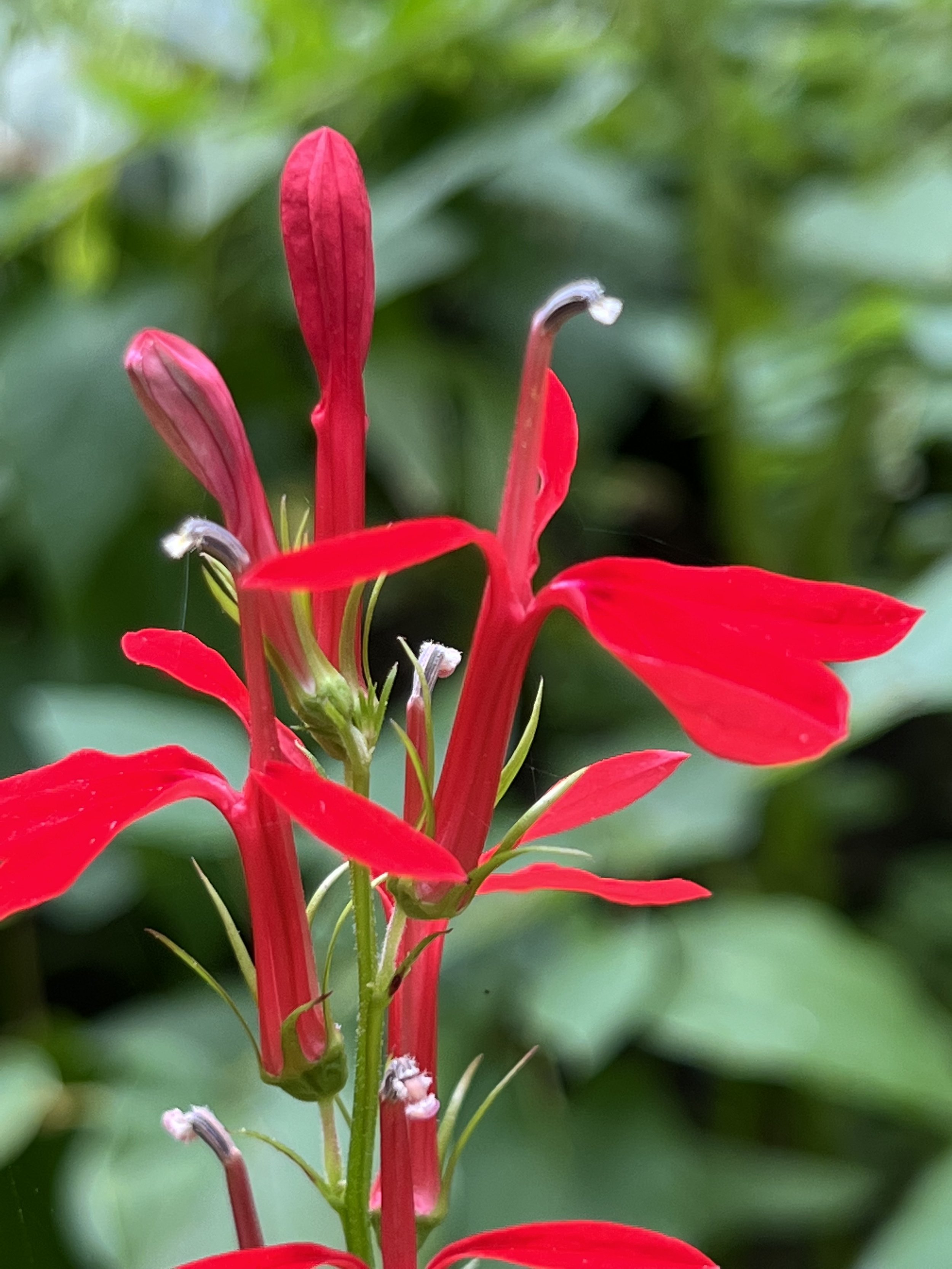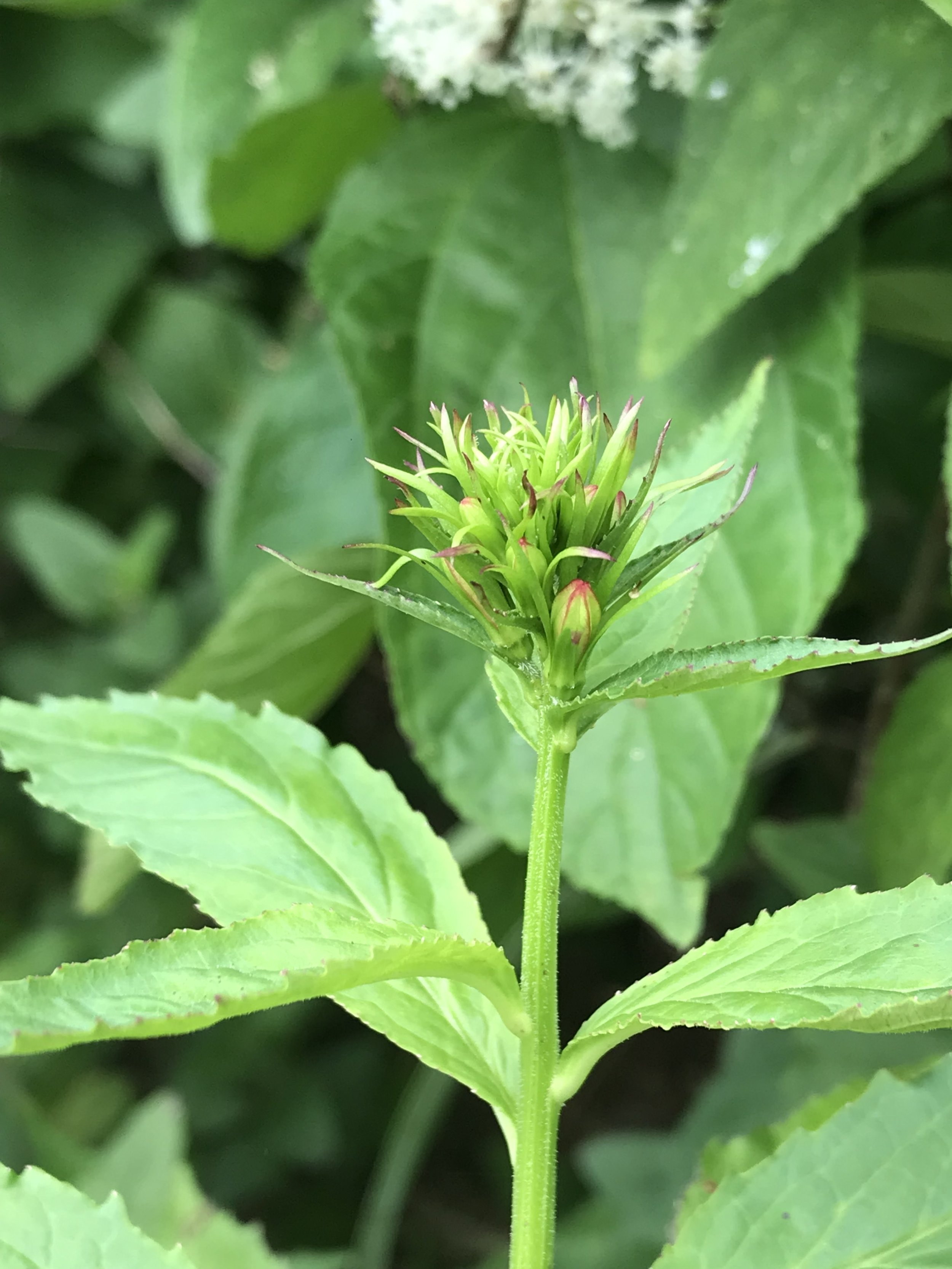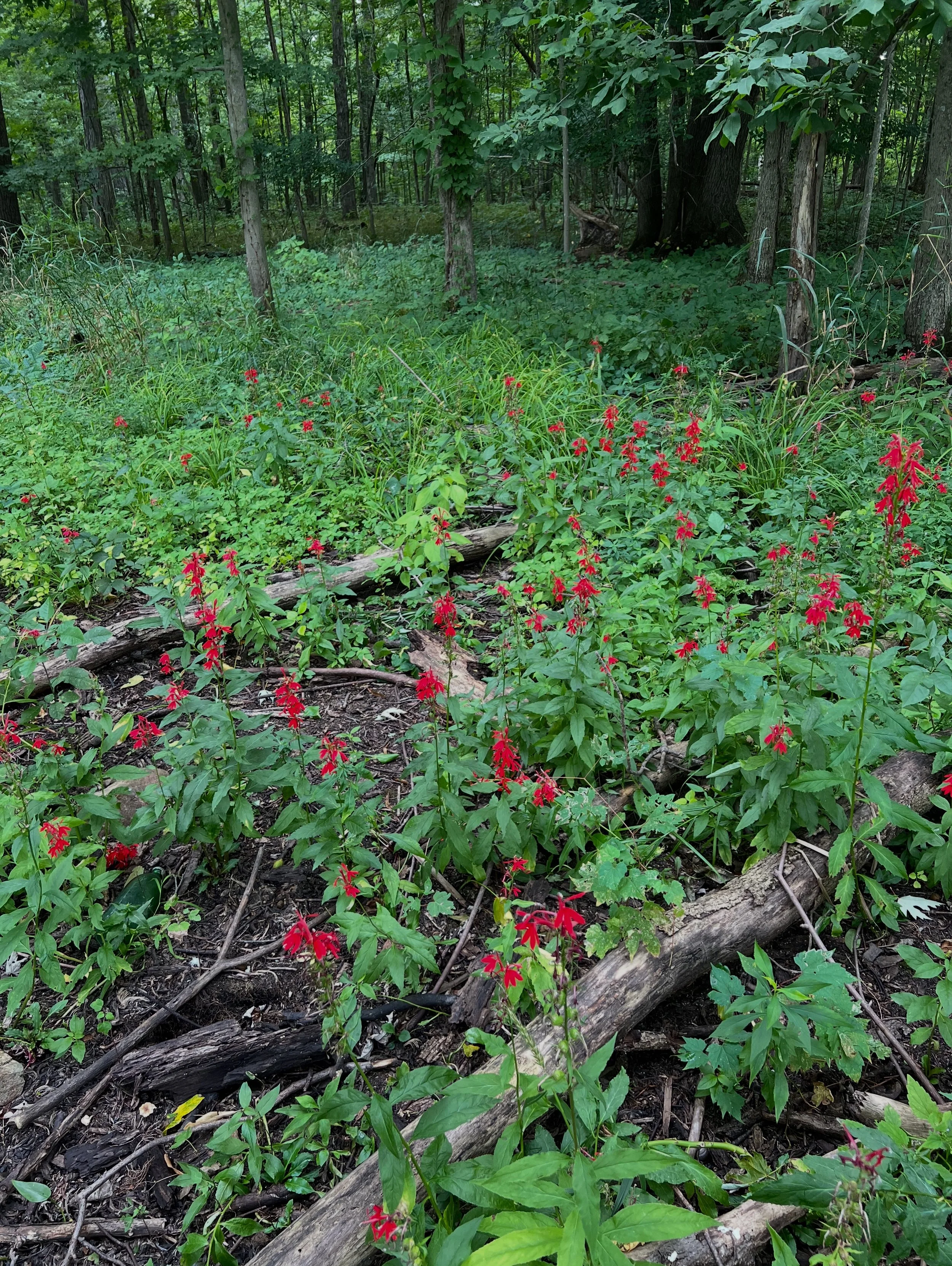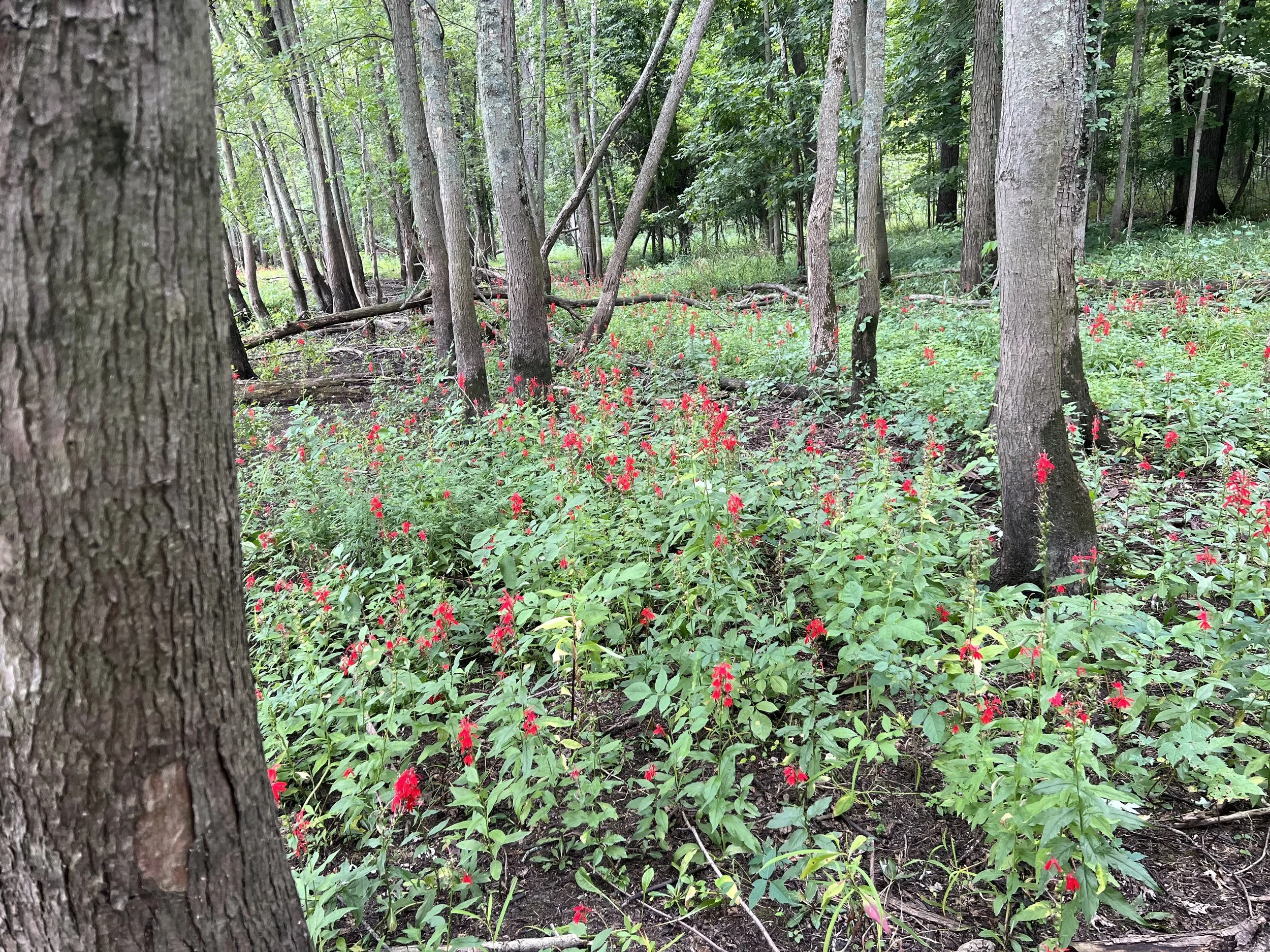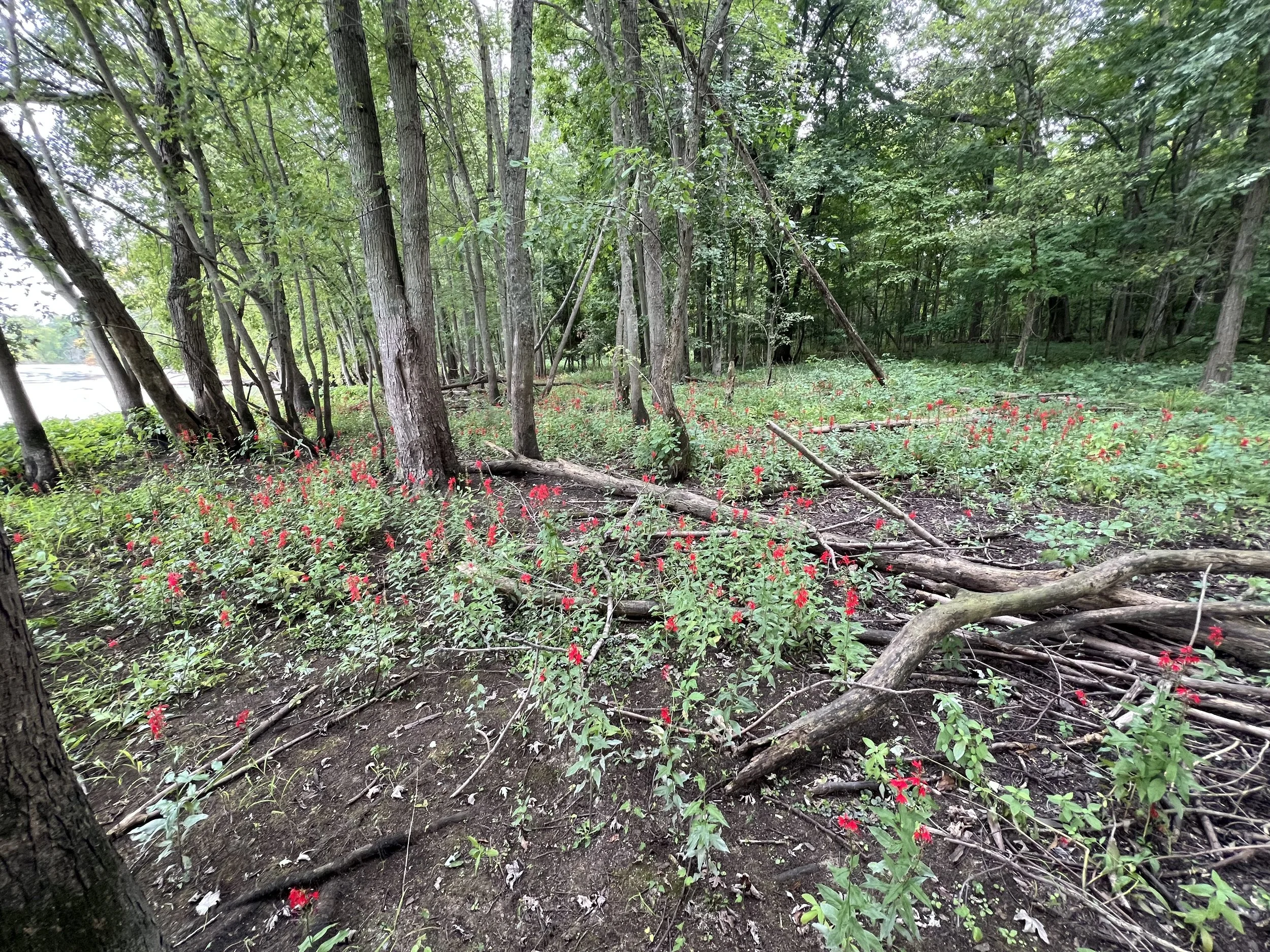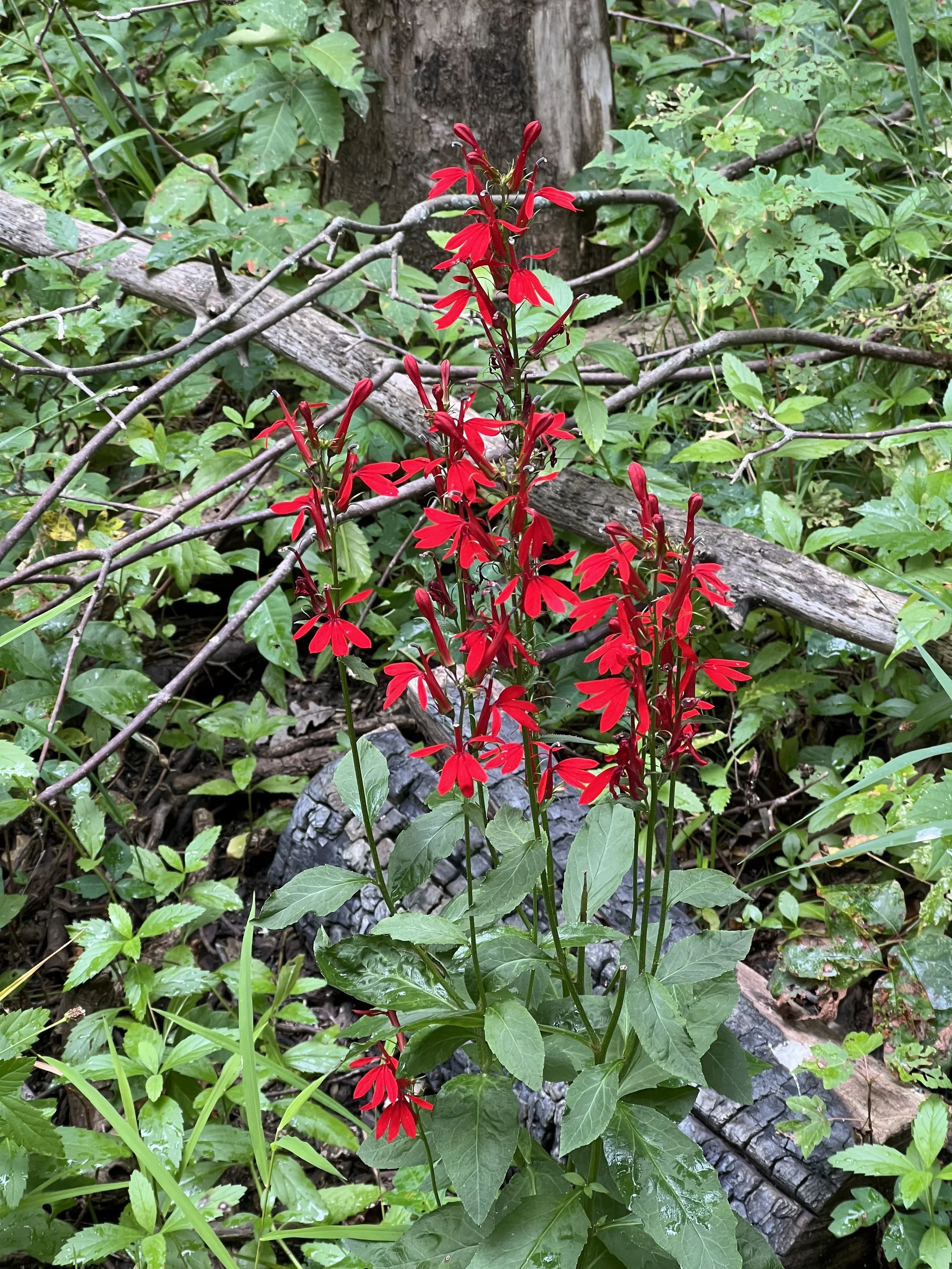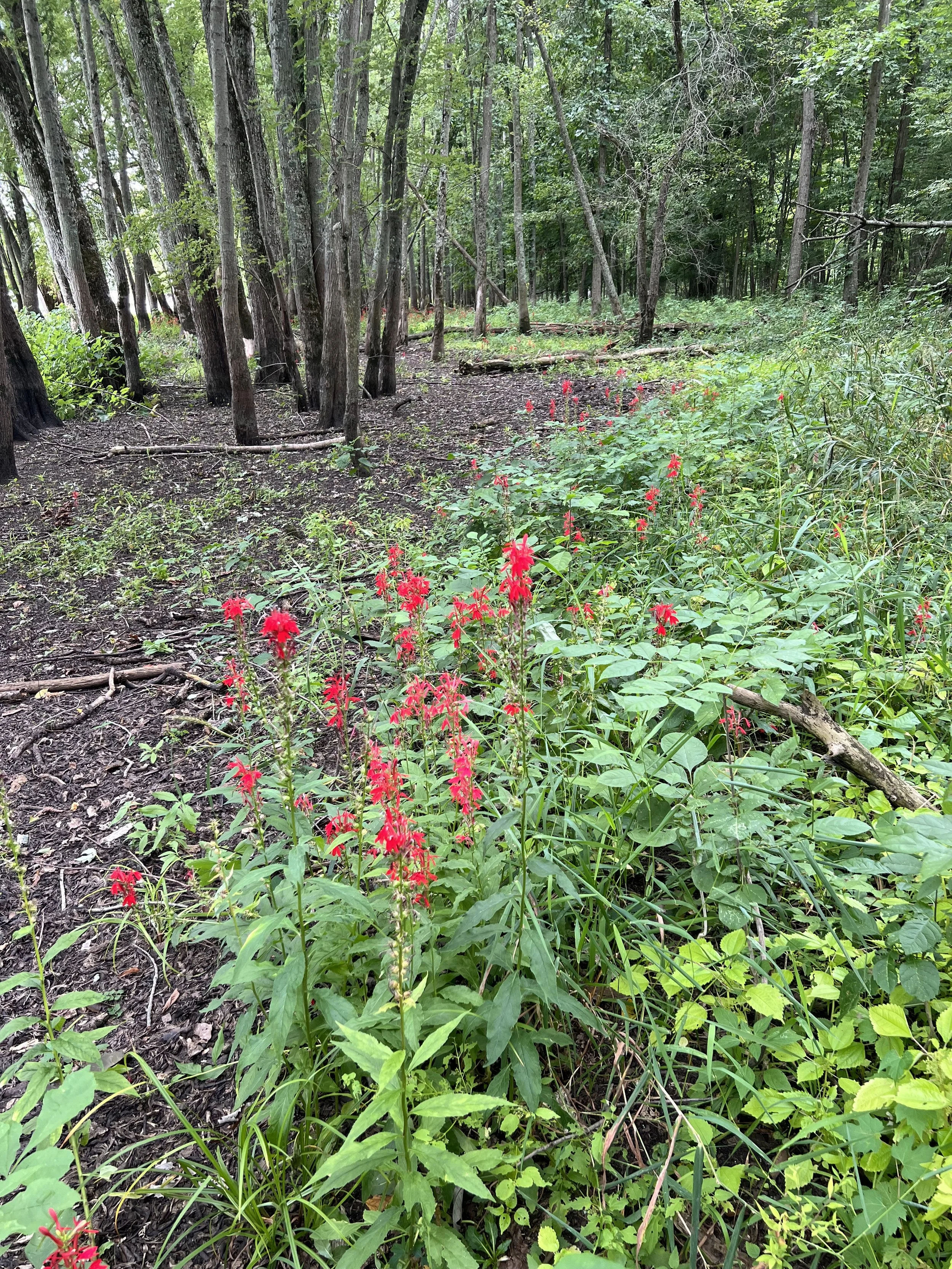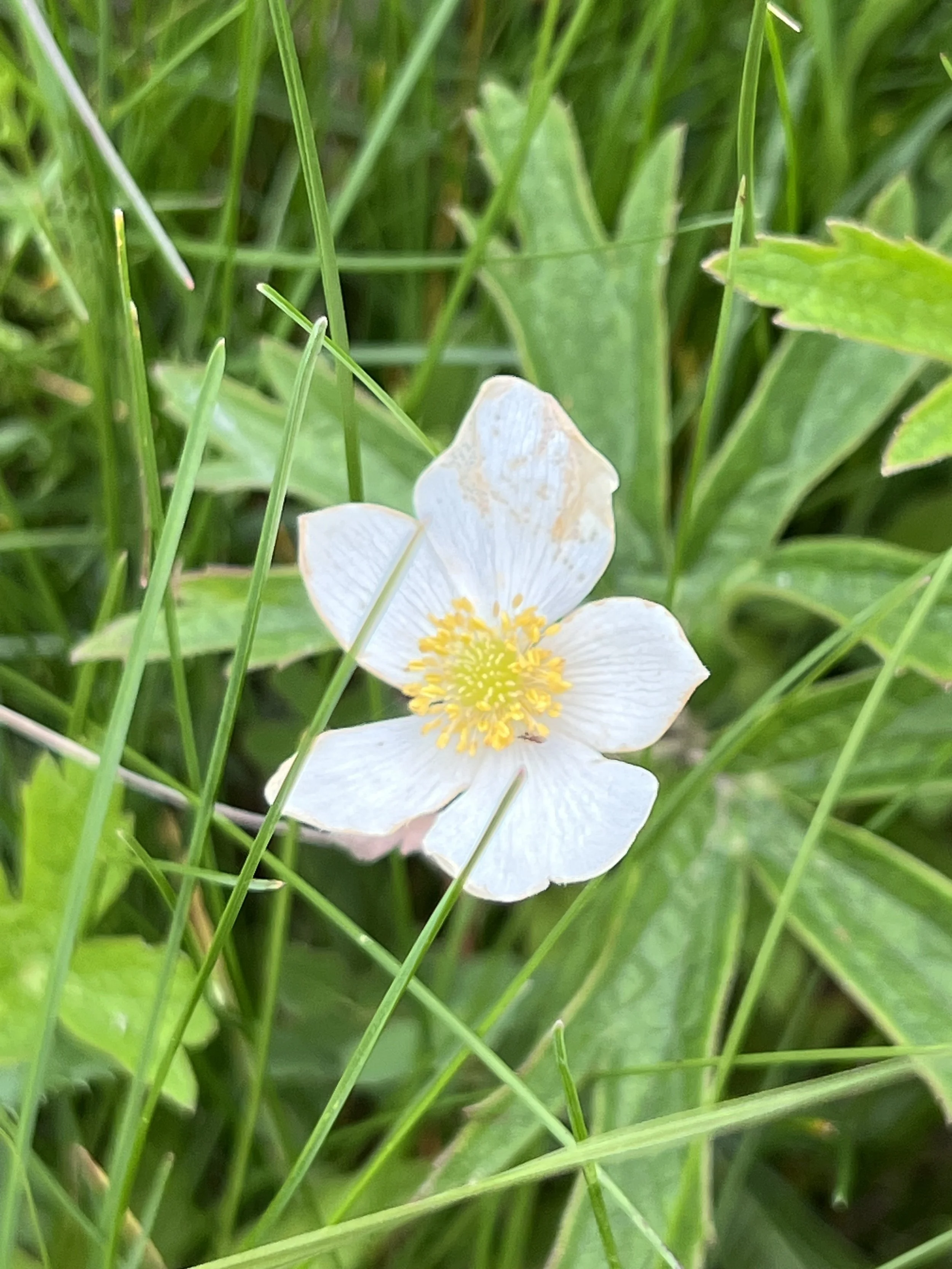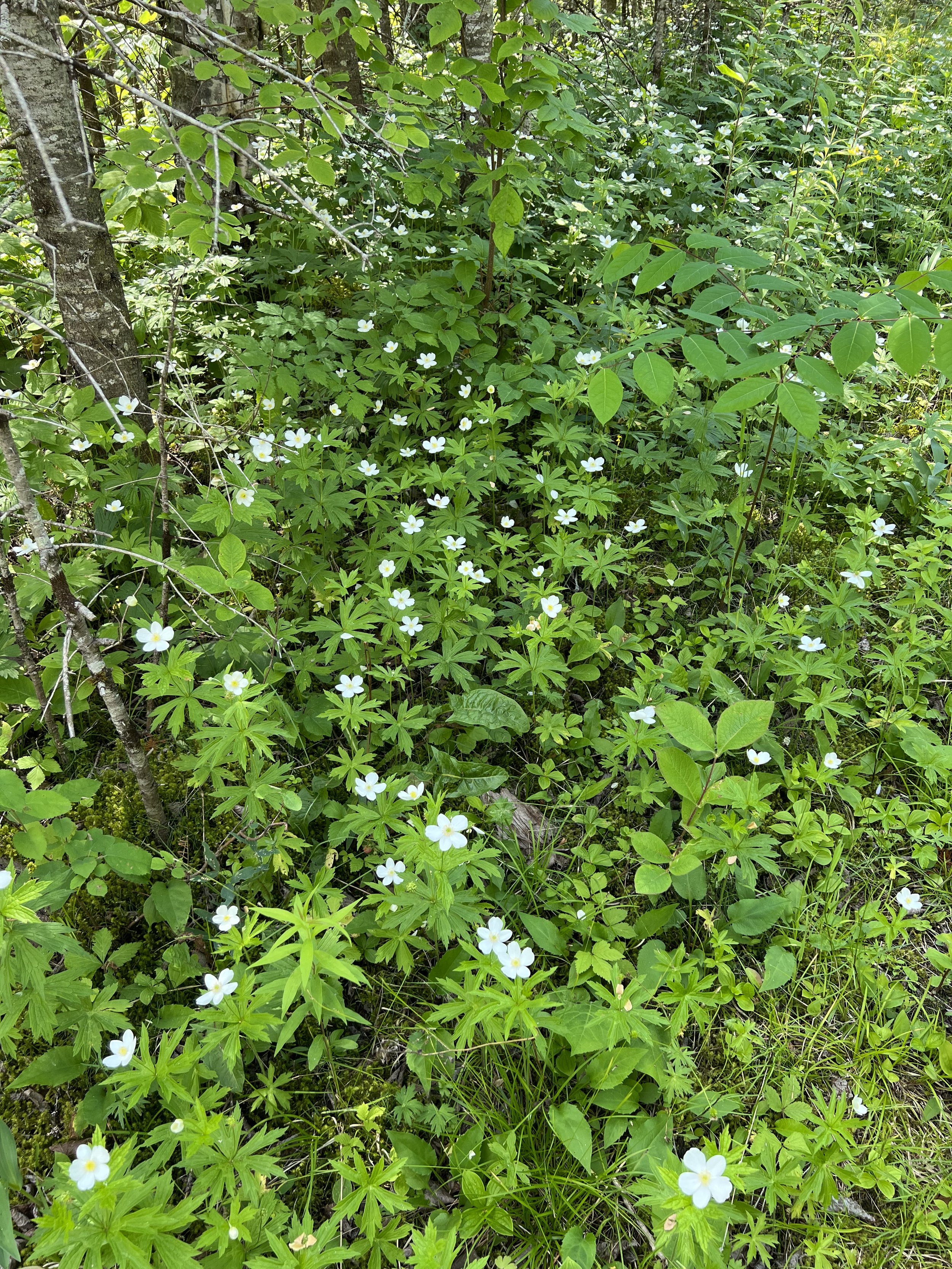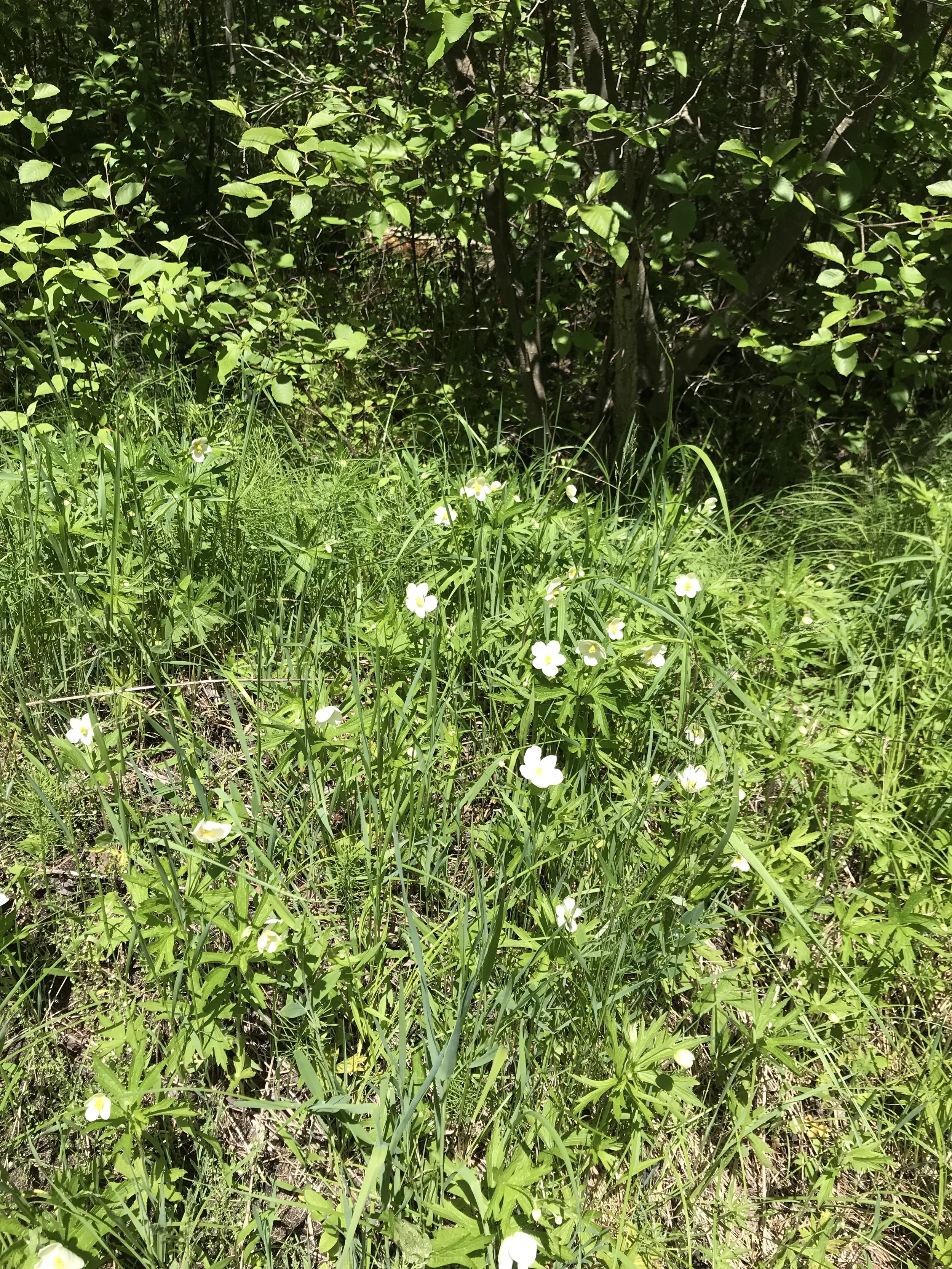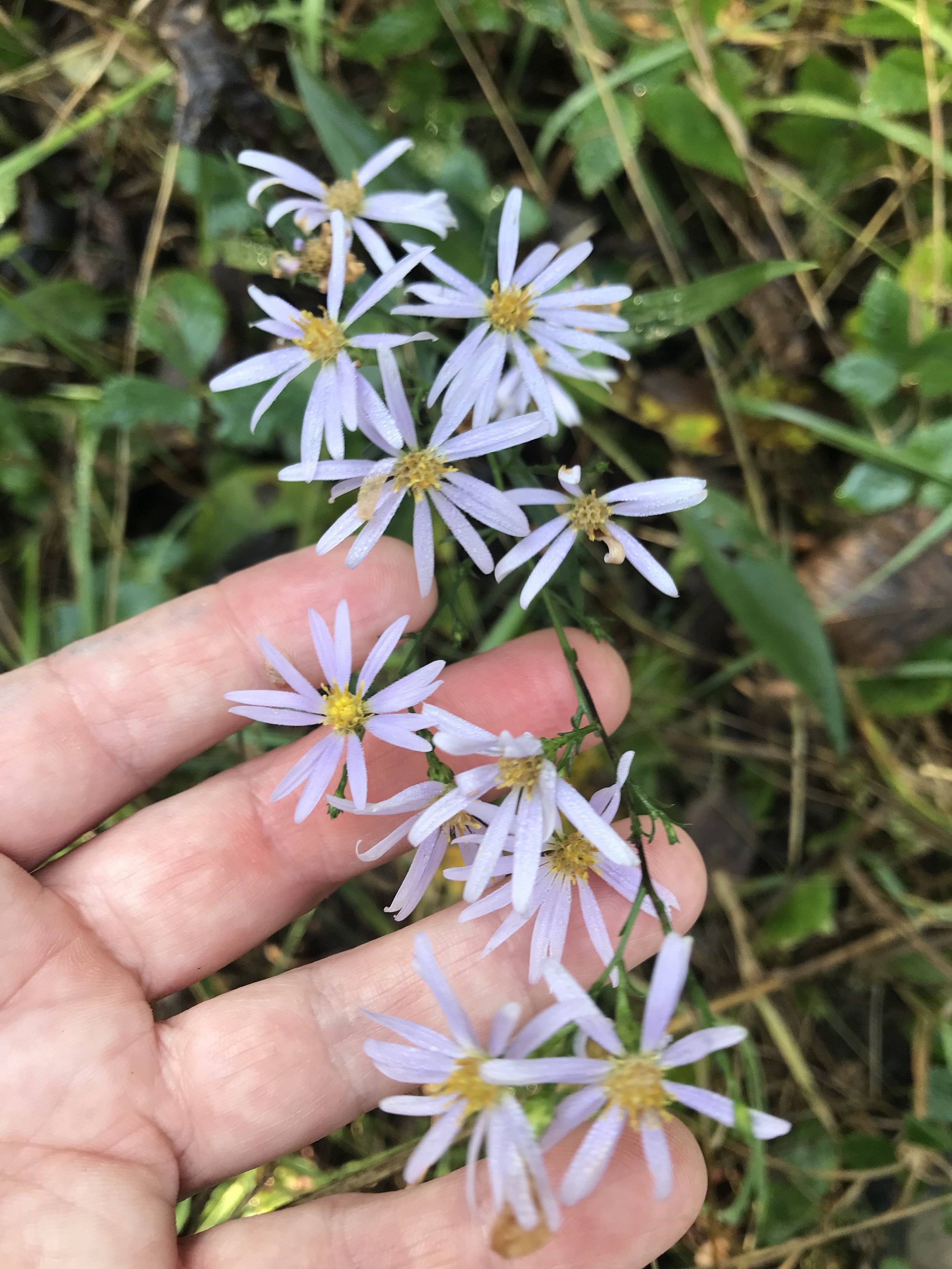 Image 1 of 6
Image 1 of 6

 Image 2 of 6
Image 2 of 6

 Image 3 of 6
Image 3 of 6

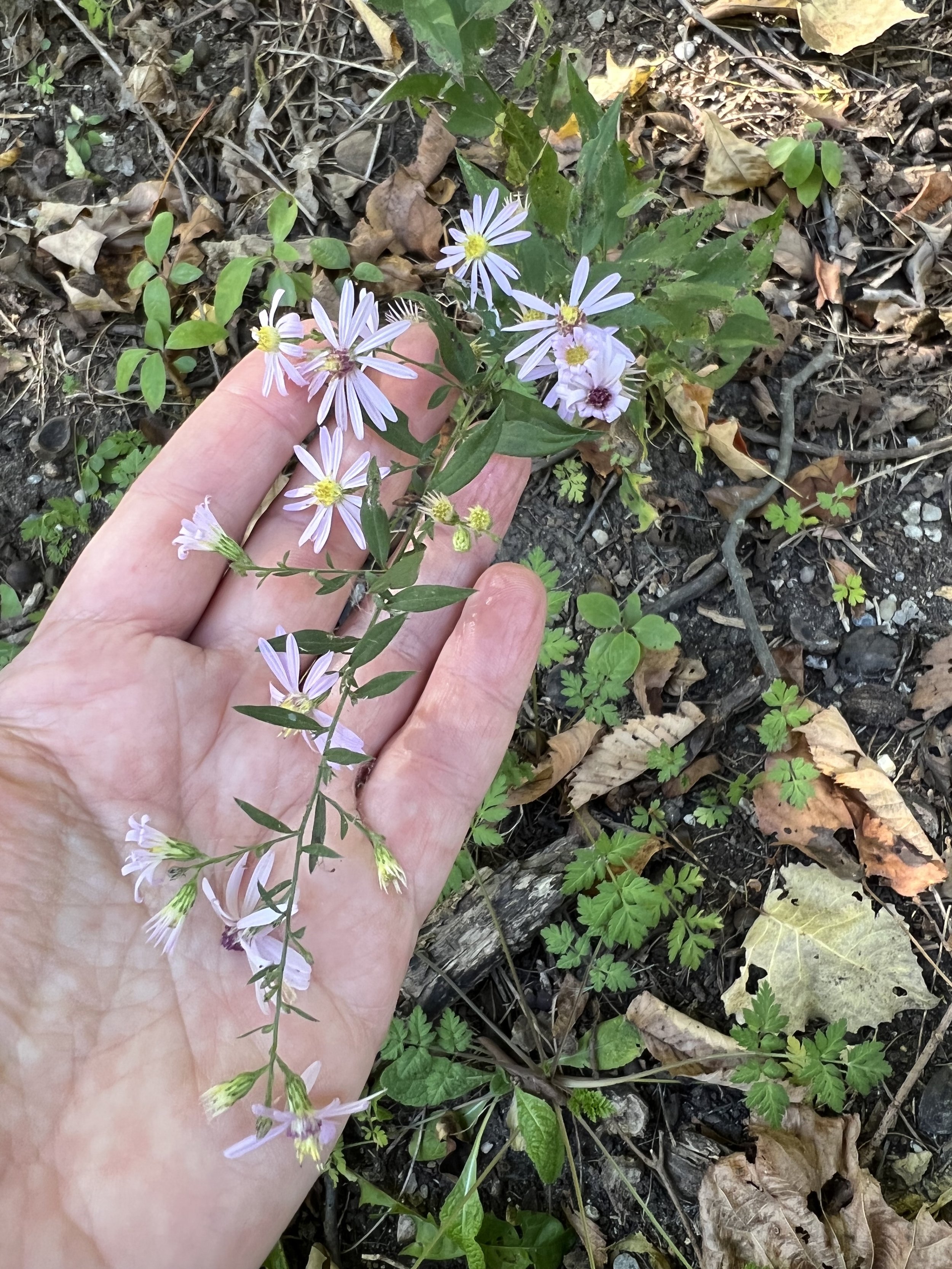 Image 4 of 6
Image 4 of 6

 Image 5 of 6
Image 5 of 6

 Image 6 of 6
Image 6 of 6







Short's Aster (Symphyotrichum shortii)
Short’s Aster is taller and larger than Heart-leaved Aster (aka Blue Wood Aster). Short’s Aster ranges from 18 inches to 3 feet tall. Leaves are long and pointed on one end and come to a slight heart shape connected to a thin petiole (leaf stem) on the other end. Leaves and upper stems have short hairs. The edges of the leaves are smooth, rather than toothed.
Flowers of Short’s Aster are about an inch wide with several lilac colored rays. As with most asters, the disc florets are yellow and turn to purple once pollinated.
These plants are eye-catching, and also important sources of food in the fall months for insects. Every home garden should have an aster species or a goldenrod species or both! Or in my case, many species of both. :)
Short’s Aster (Symphyotrichum shortii)
Michigan Flora reference page for state distribution: Short’s Aster
height: 3 feet
bloom time: Aug.-Oct.
soil: medium, dry
sun: partial, shade
plant spacing: 18”
flower: purple
life cycle: perennial
family: Asteraceae
seed source: Michigan
Short’s Aster is taller and larger than Heart-leaved Aster (aka Blue Wood Aster). Short’s Aster ranges from 18 inches to 3 feet tall. Leaves are long and pointed on one end and come to a slight heart shape connected to a thin petiole (leaf stem) on the other end. Leaves and upper stems have short hairs. The edges of the leaves are smooth, rather than toothed.
Flowers of Short’s Aster are about an inch wide with several lilac colored rays. As with most asters, the disc florets are yellow and turn to purple once pollinated.
These plants are eye-catching, and also important sources of food in the fall months for insects. Every home garden should have an aster species or a goldenrod species or both! Or in my case, many species of both. :)
Short’s Aster (Symphyotrichum shortii)
Michigan Flora reference page for state distribution: Short’s Aster
height: 3 feet
bloom time: Aug.-Oct.
soil: medium, dry
sun: partial, shade
plant spacing: 18”
flower: purple
life cycle: perennial
family: Asteraceae
seed source: Michigan
Other asters that may be flowering in and around the forest in the fall are: Blue Wood Aster (aka Heart-leaved aster), Calico Aster, Ontario Aster, Panicled Aster, and Arrow-leaved Aster. Asters readily cross-pollinate so it’s common to run across a plant in natural areas that doesn’t seem to fit one species description. If you’d like to learn to use Michigan Flora’s key to identify species you’ll need to learn terms like “phyllaries,” “disc floret” “ray floret” “cauline leaves” and more!

